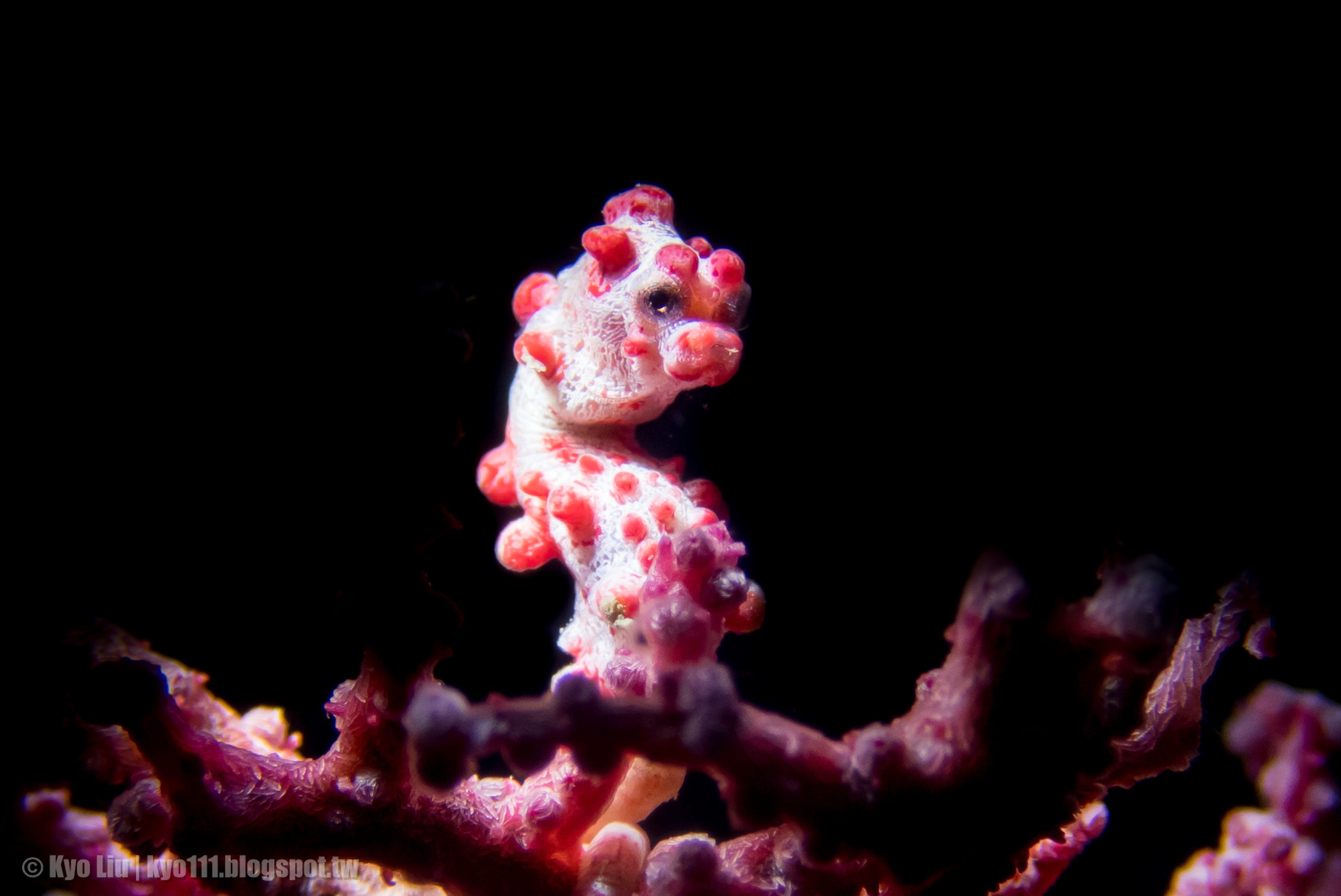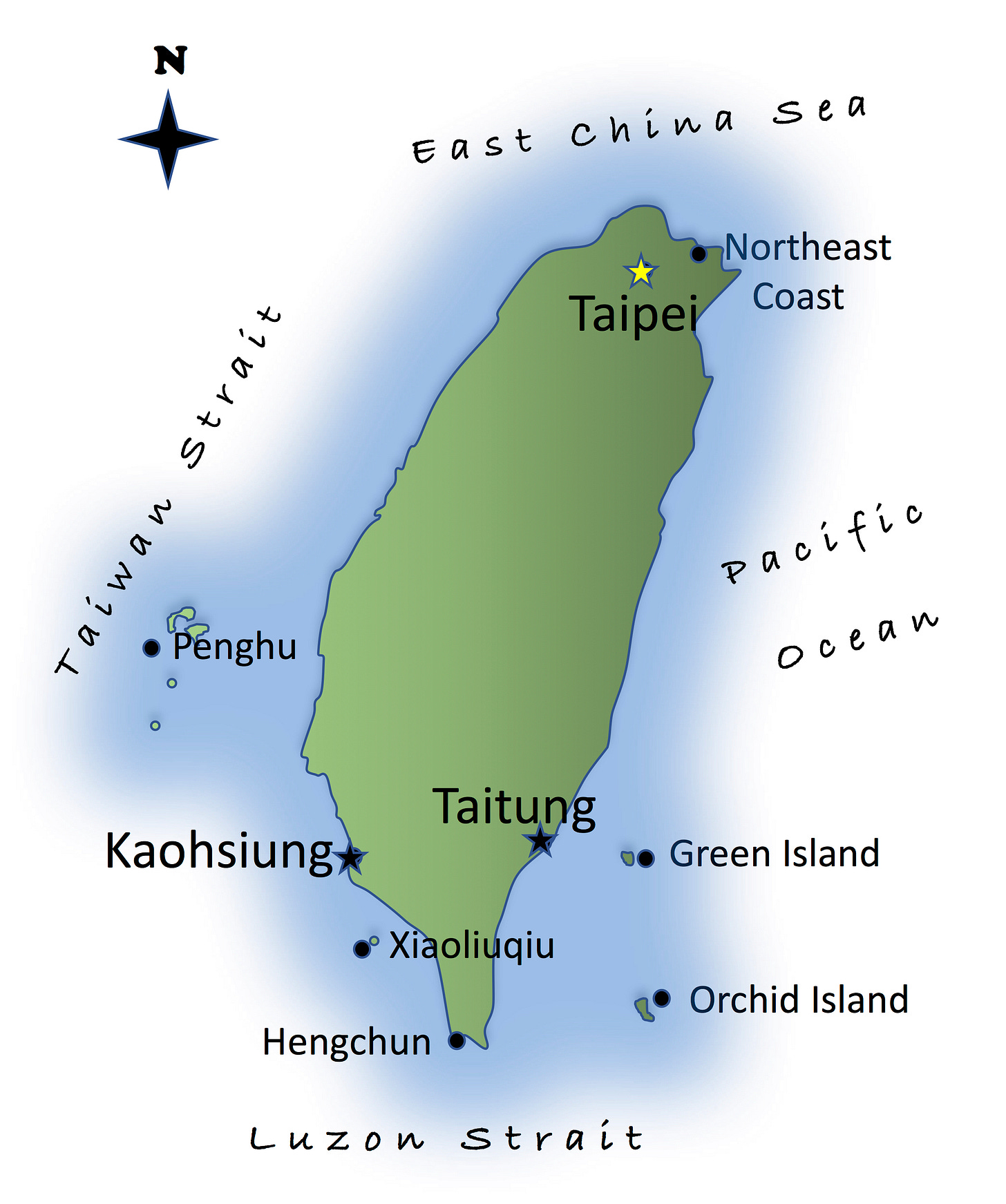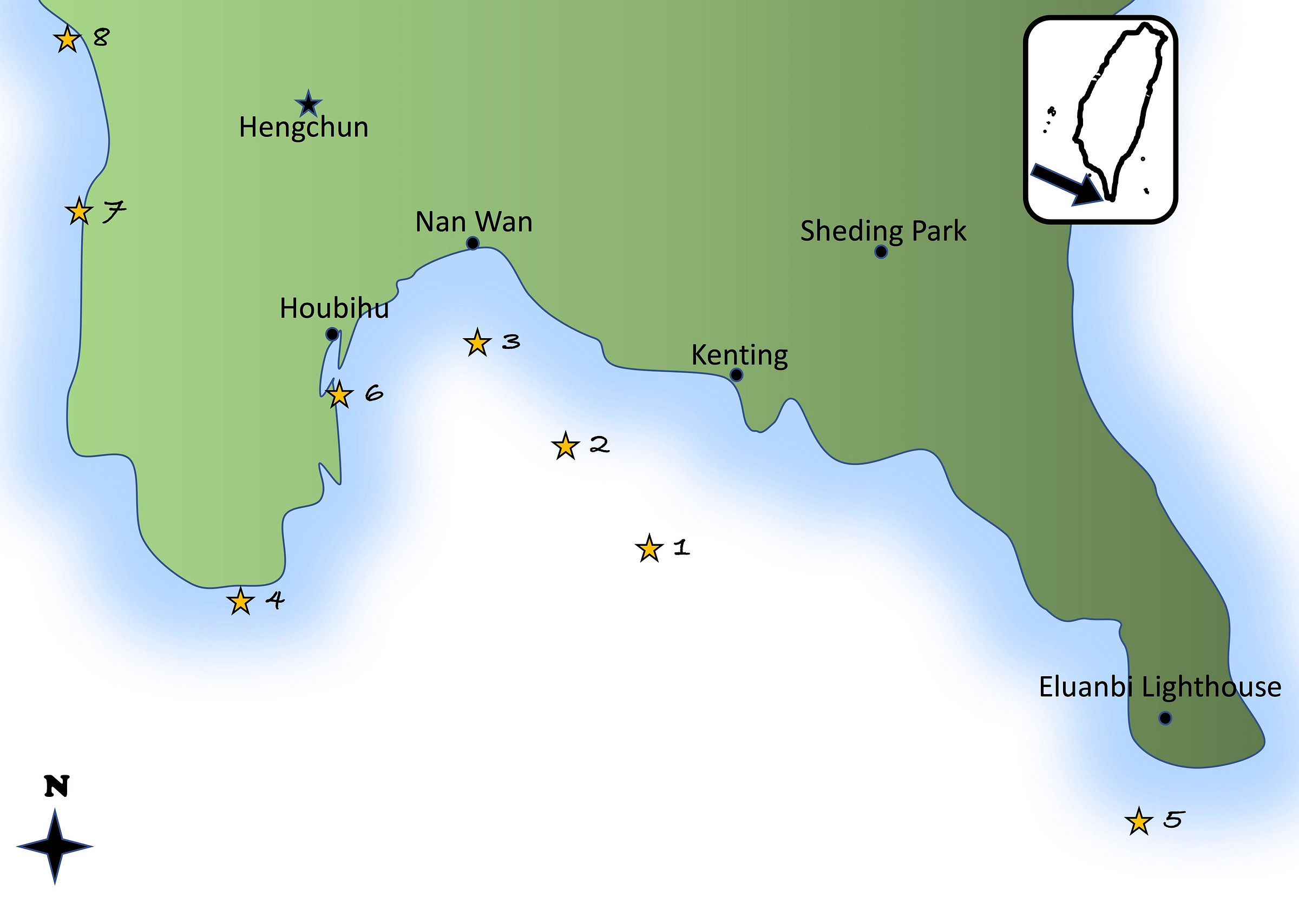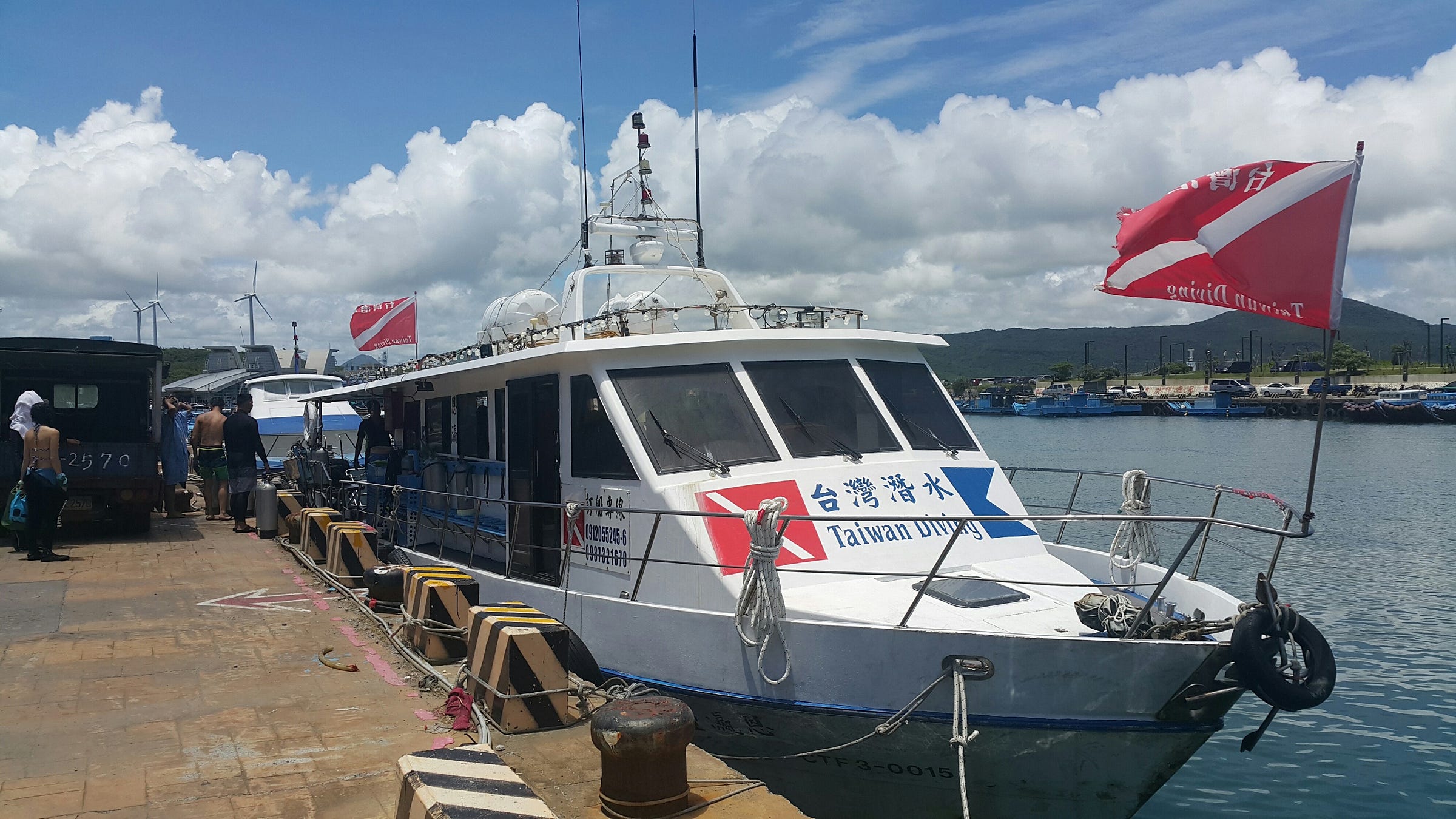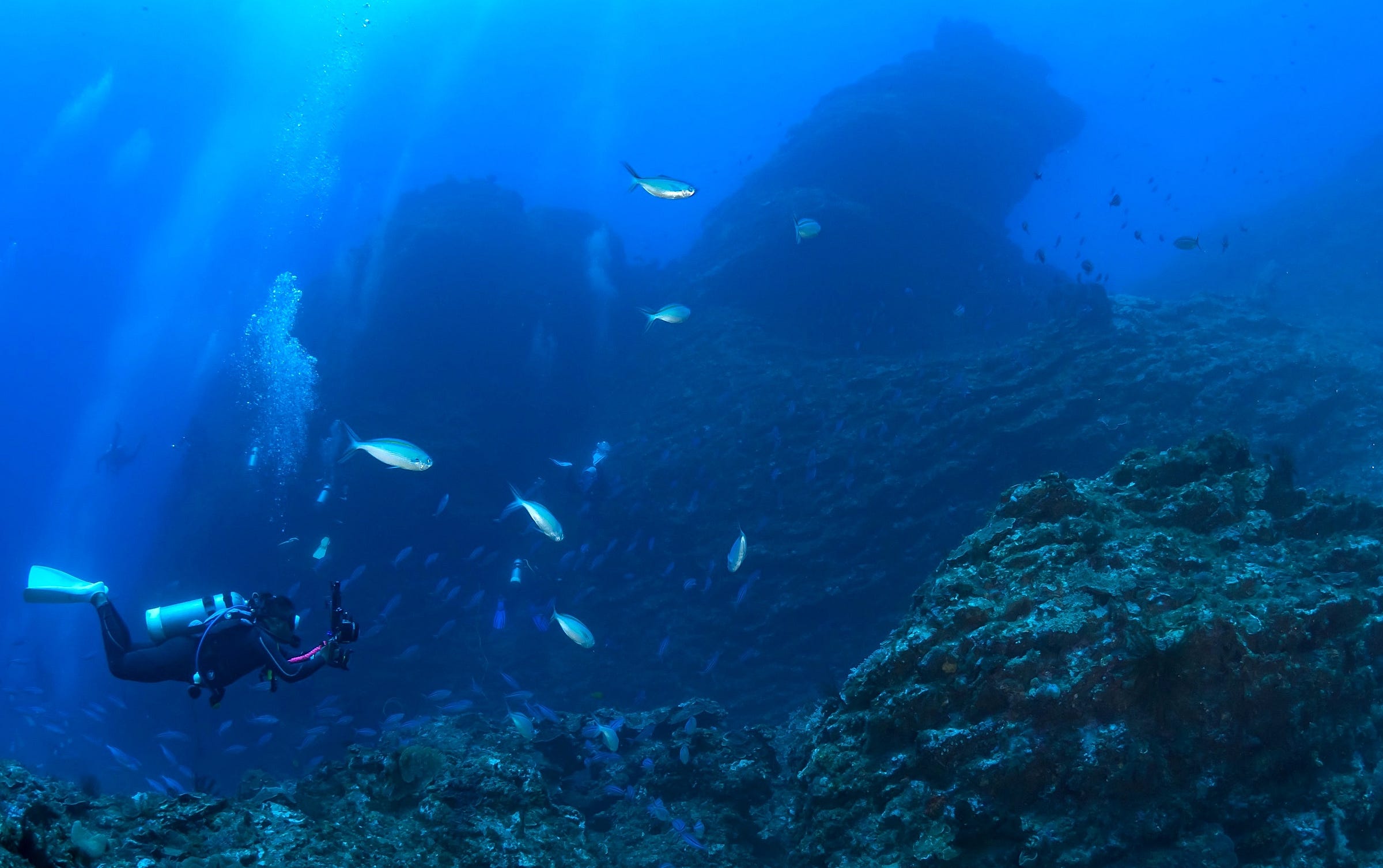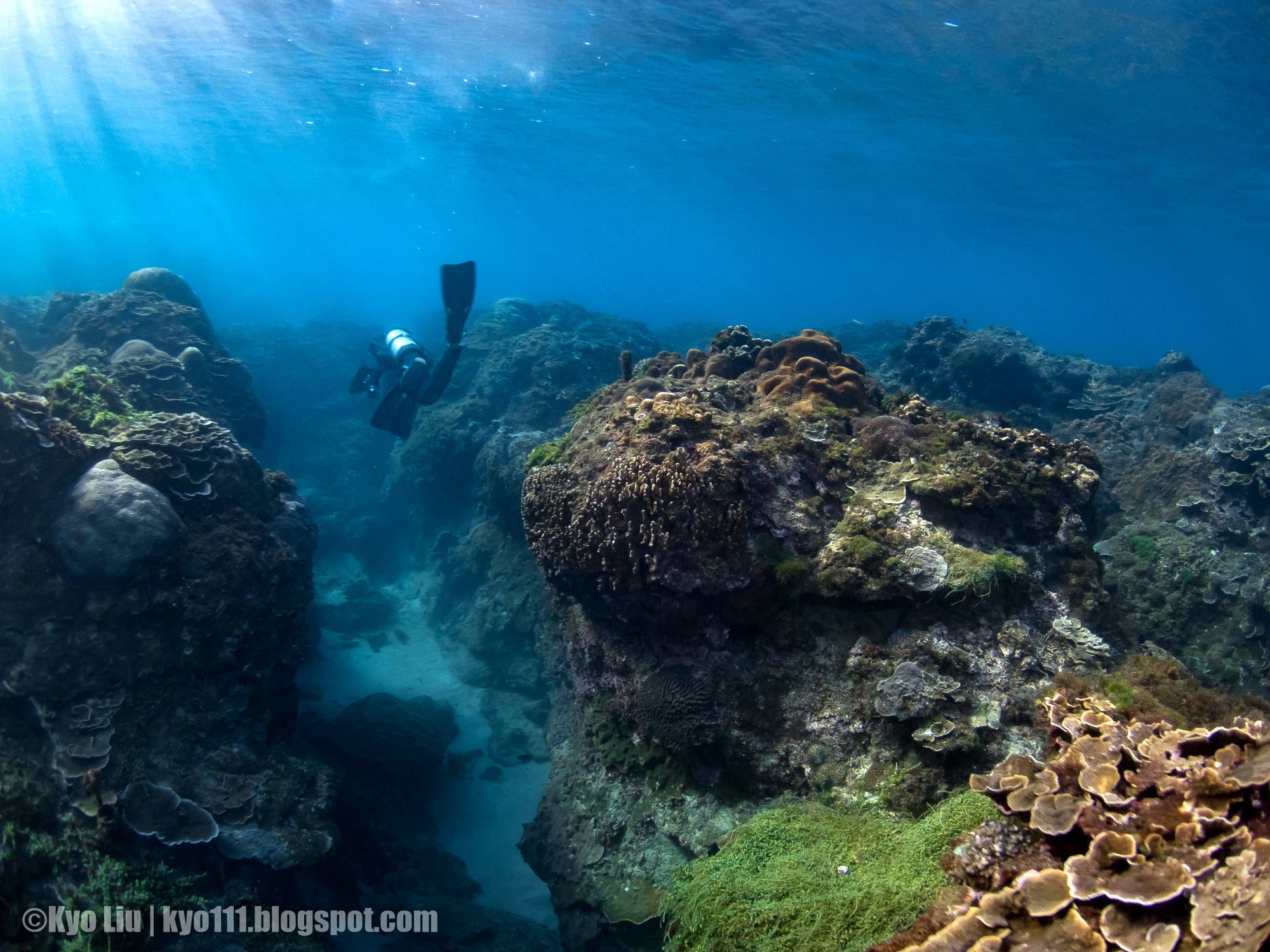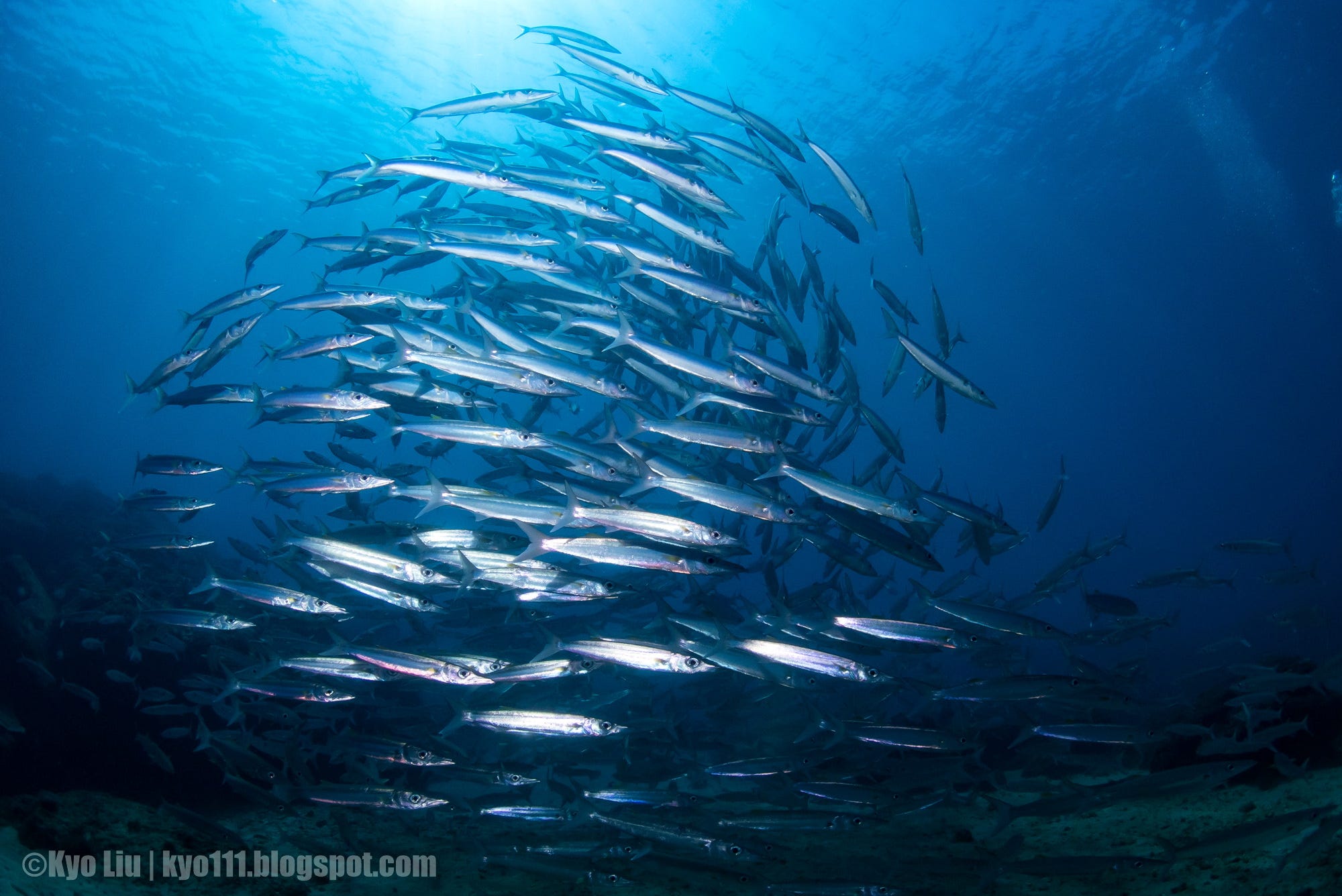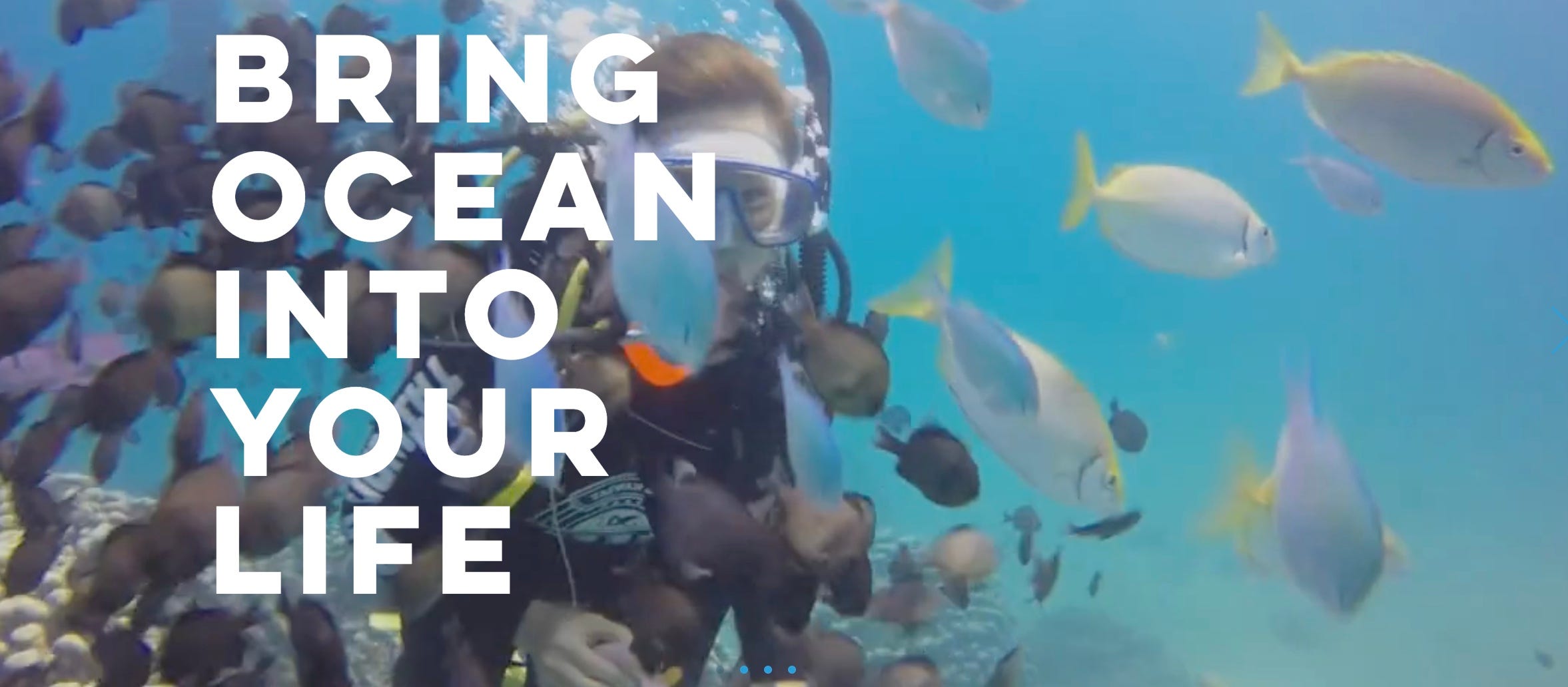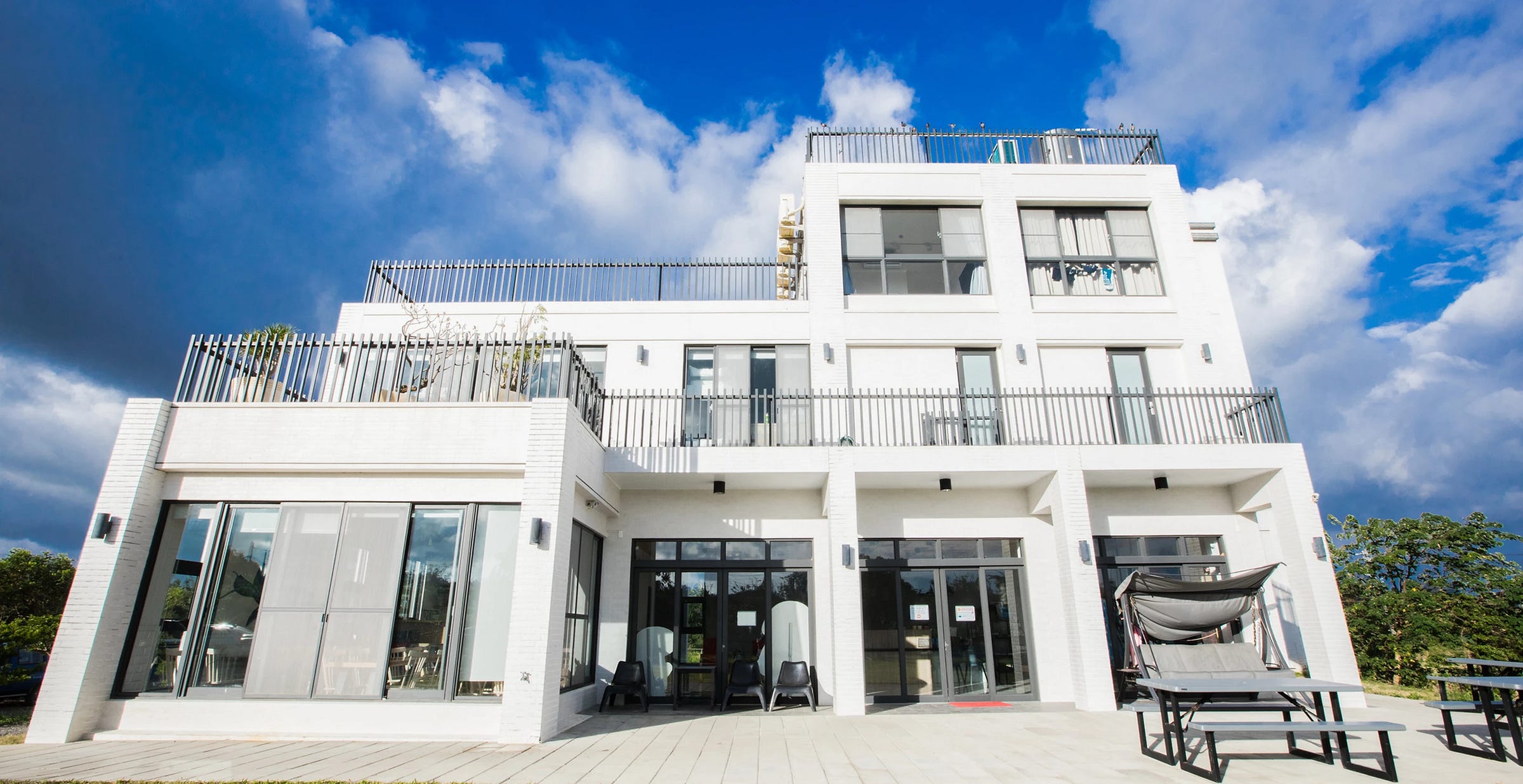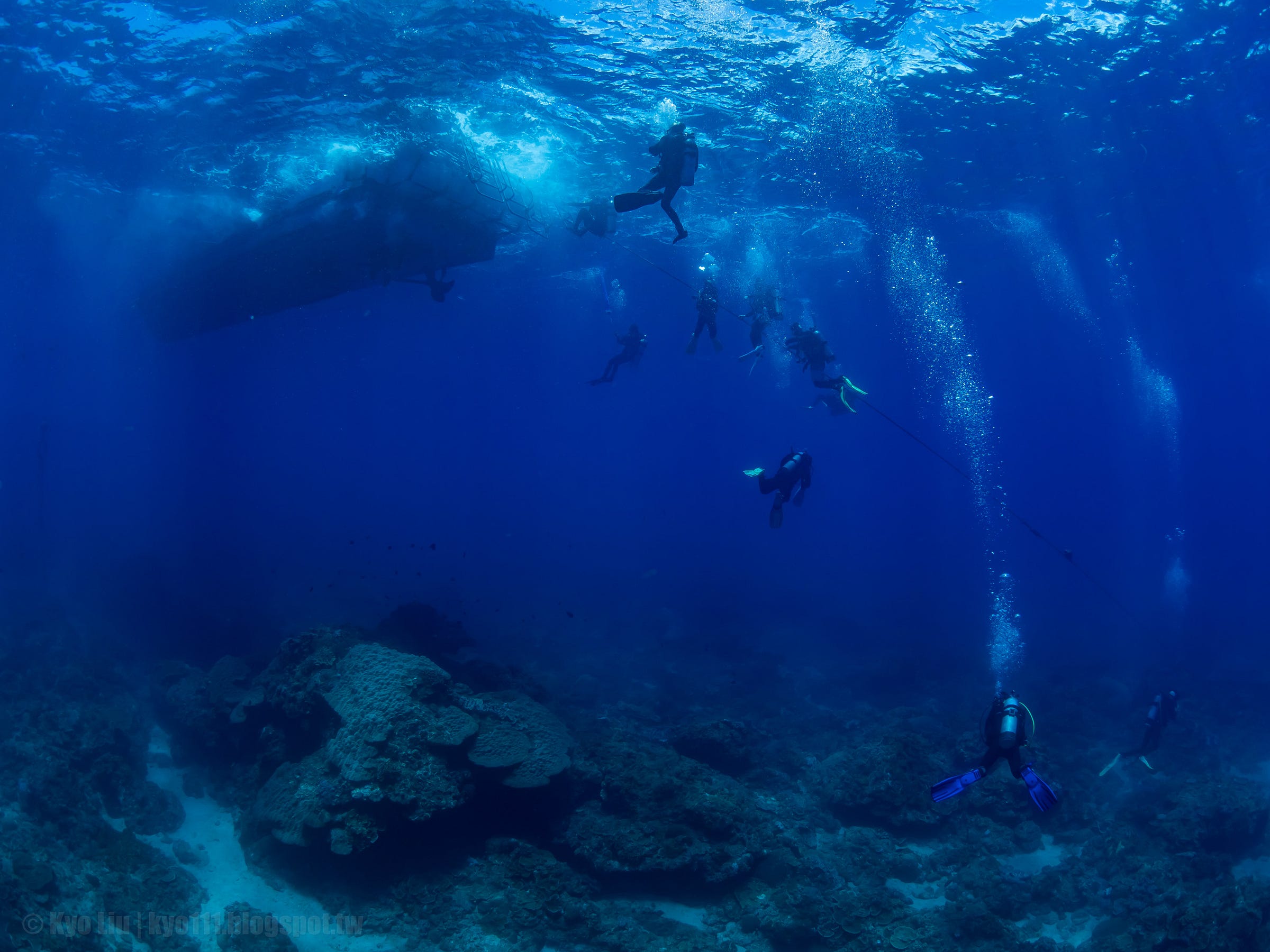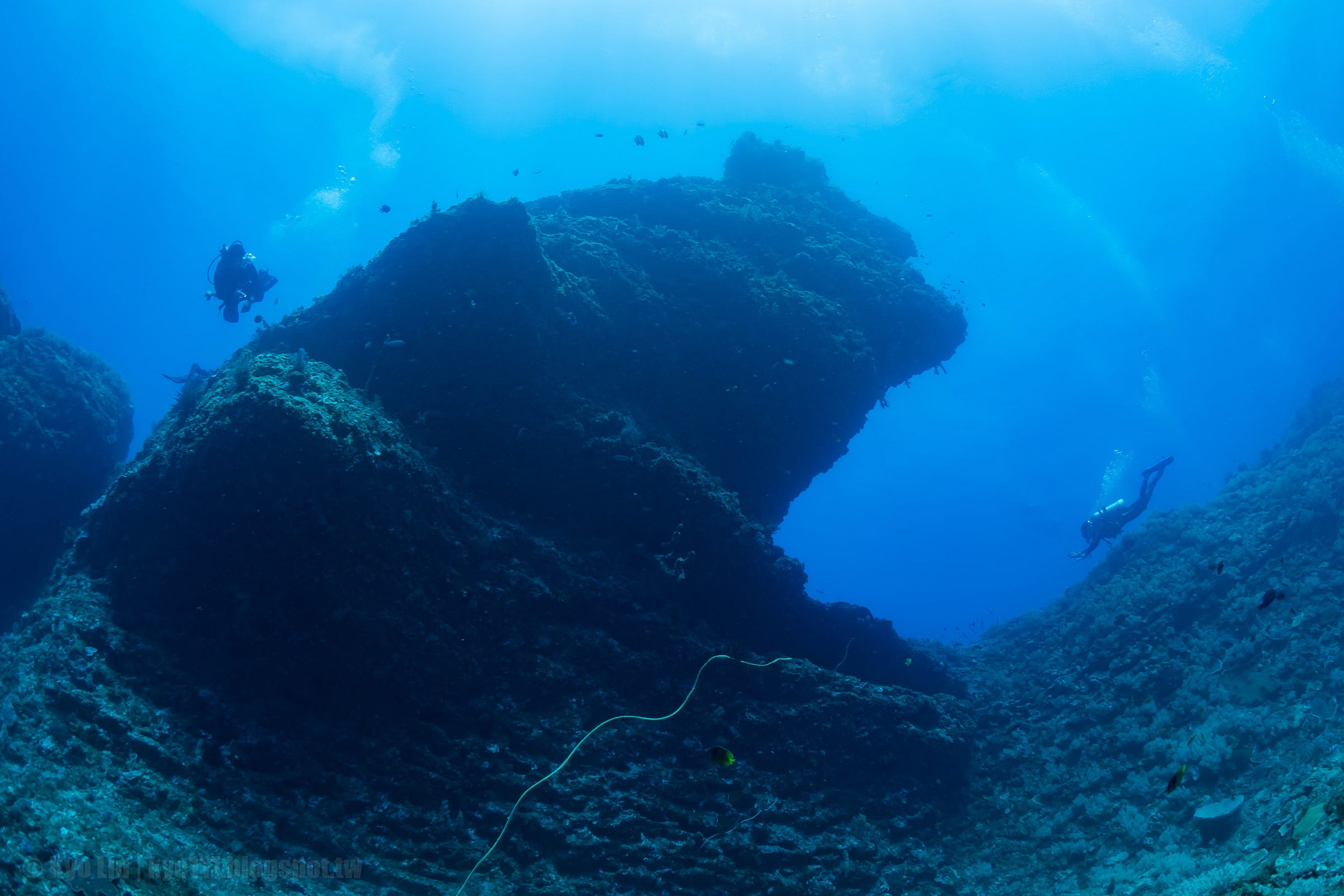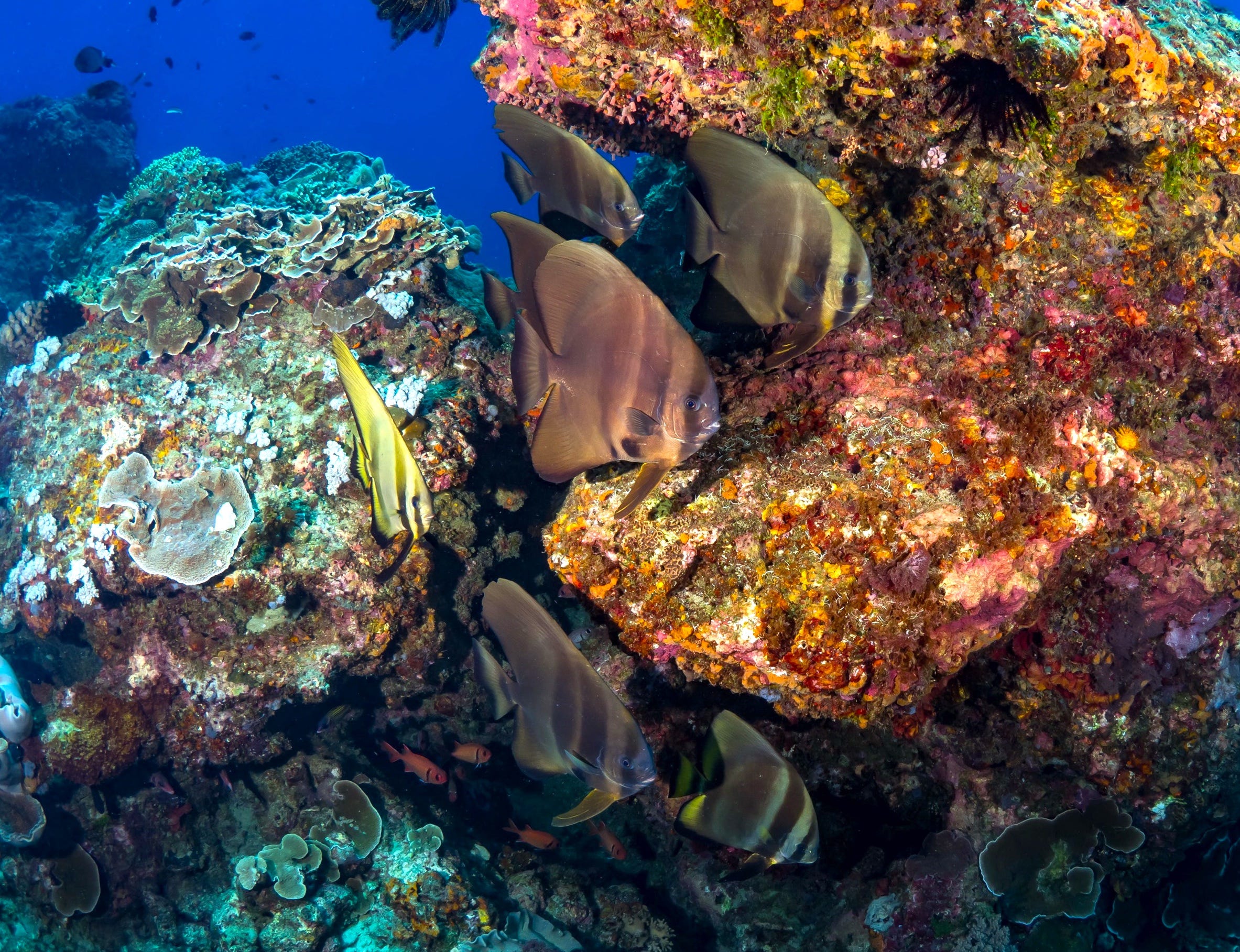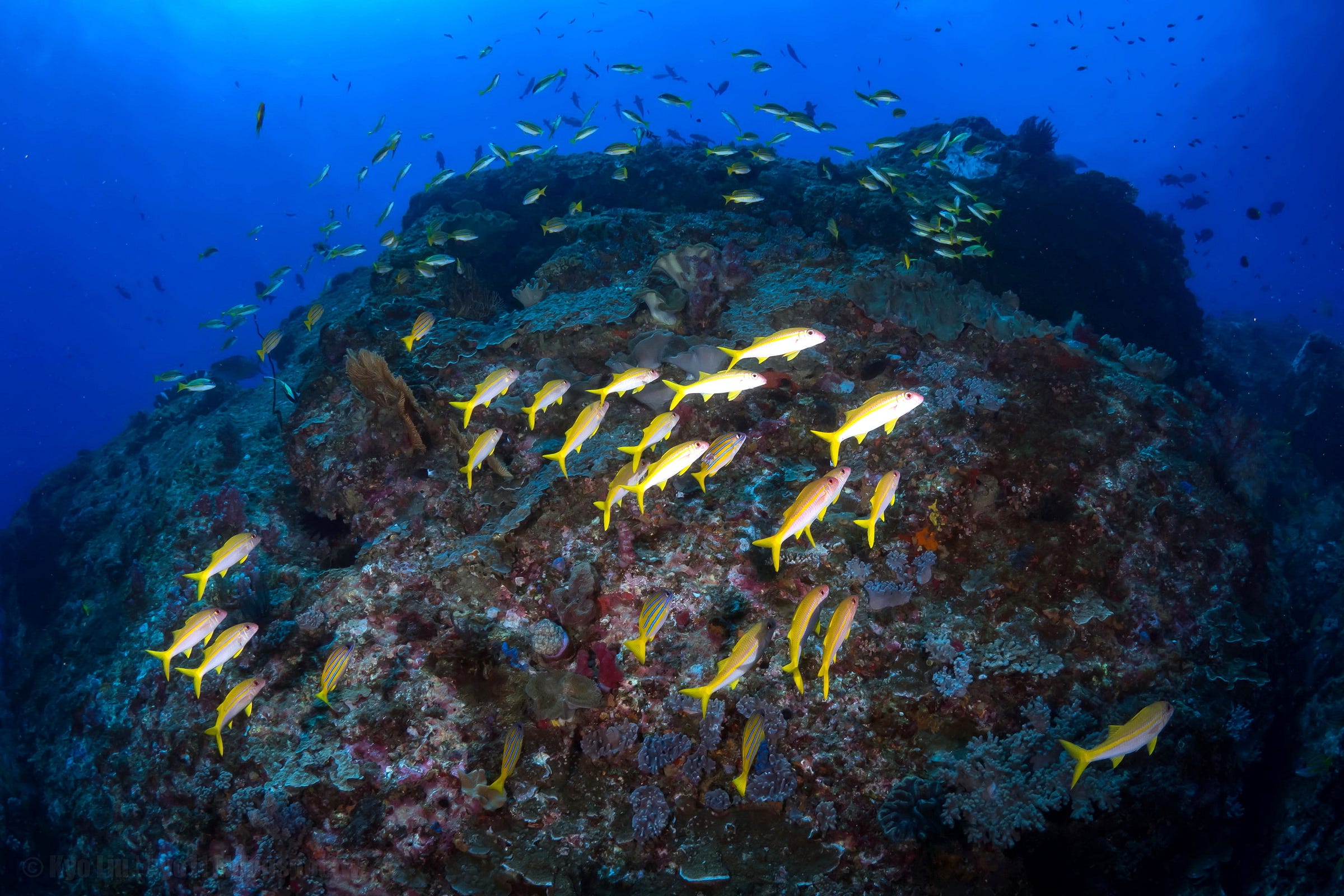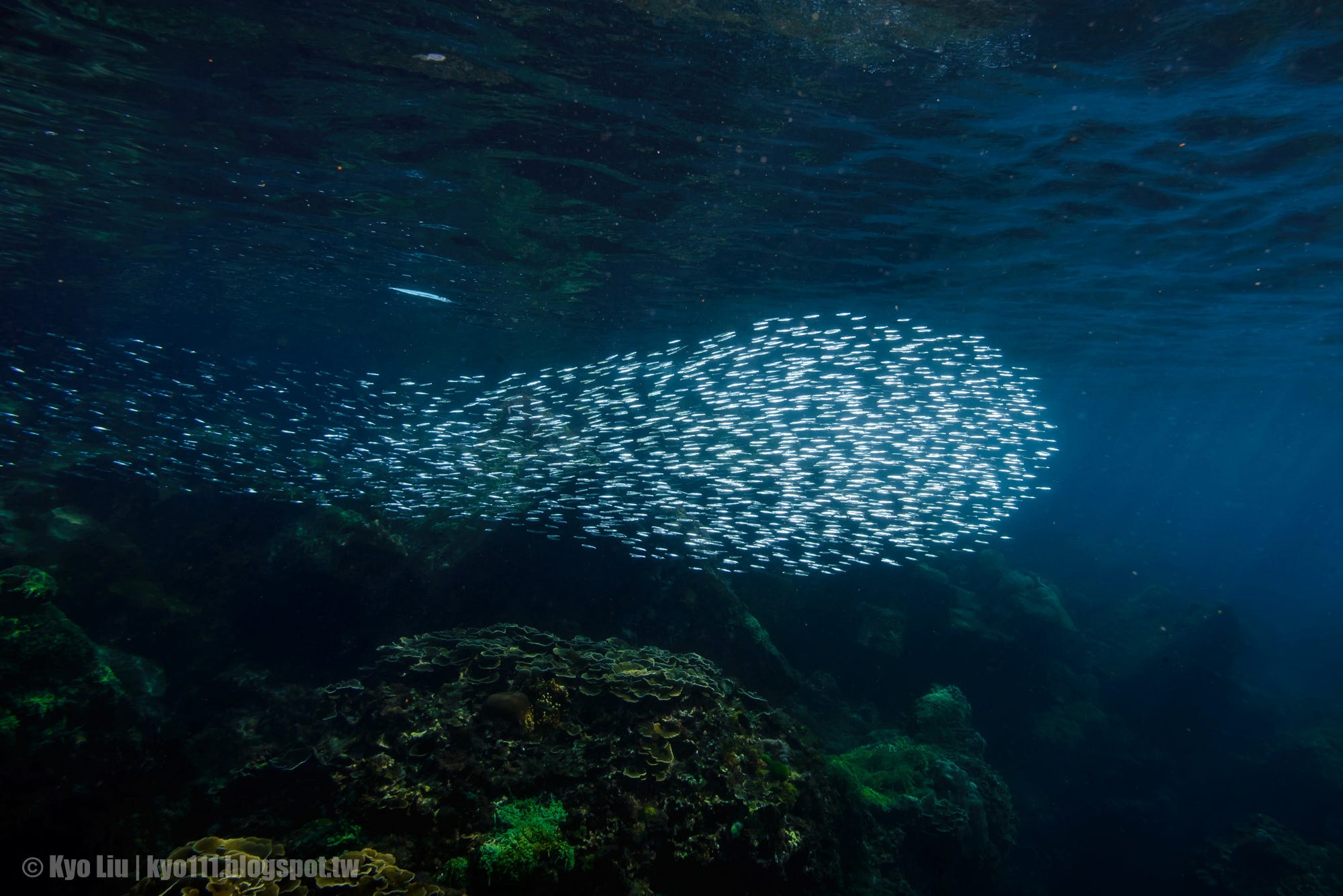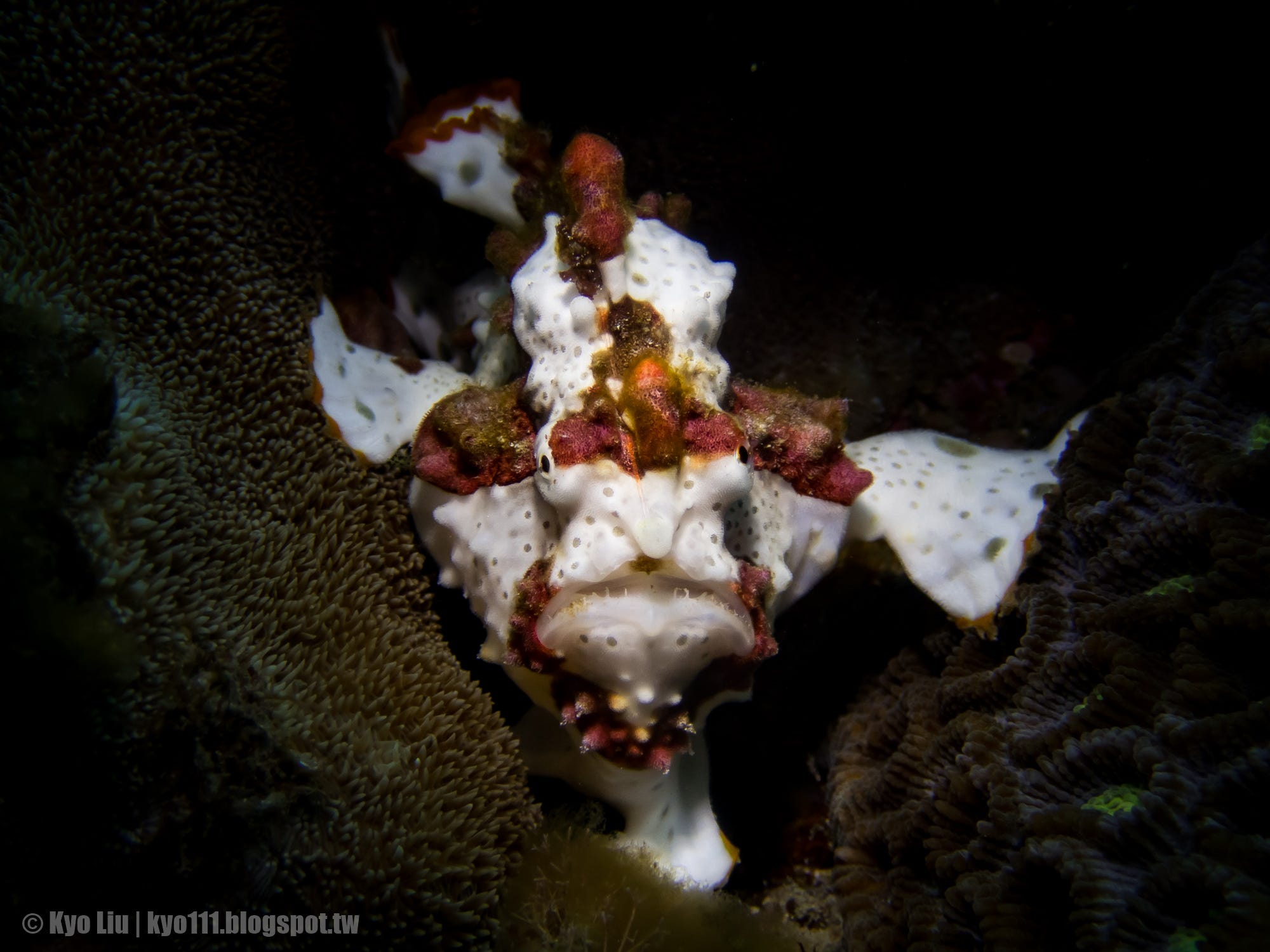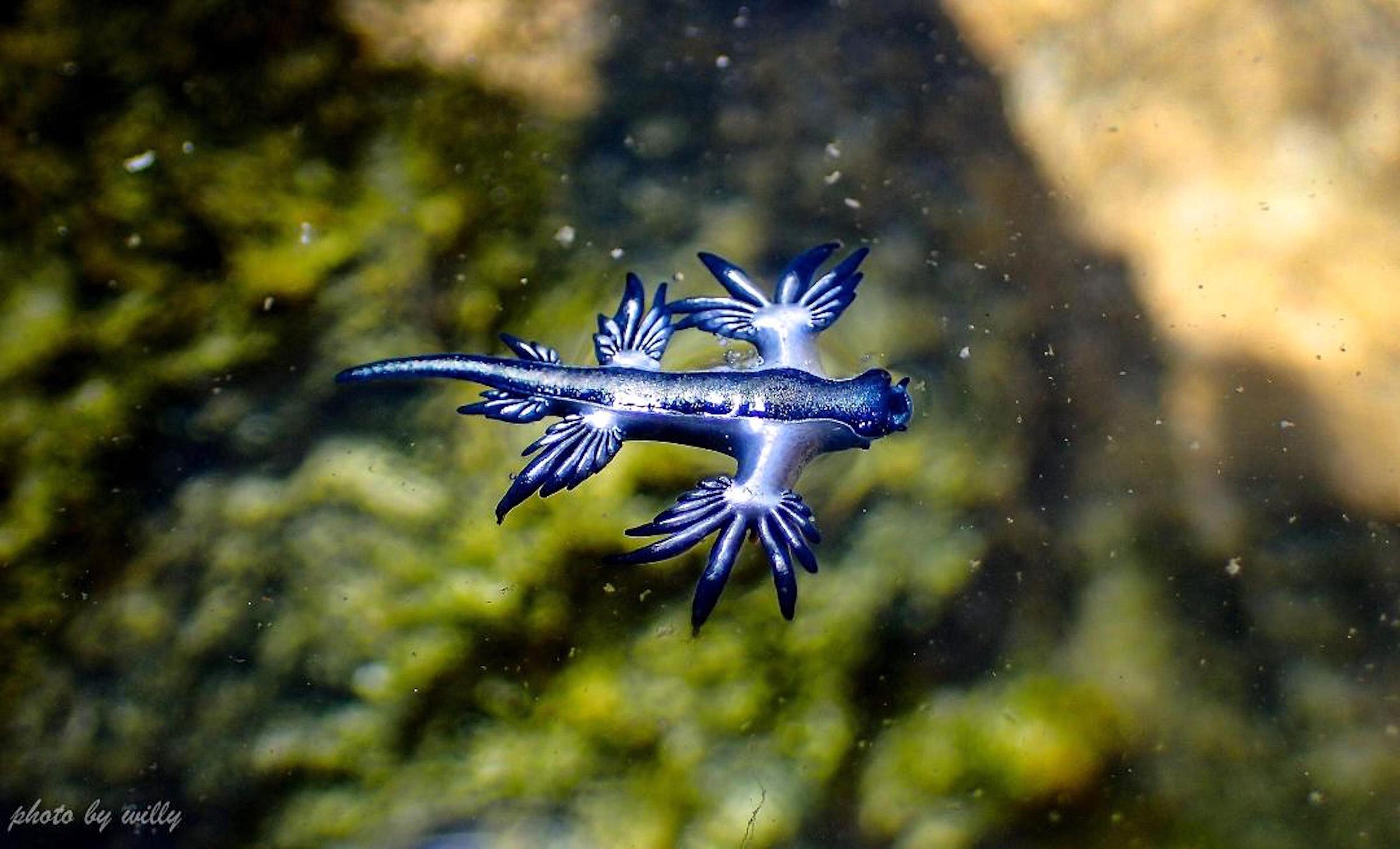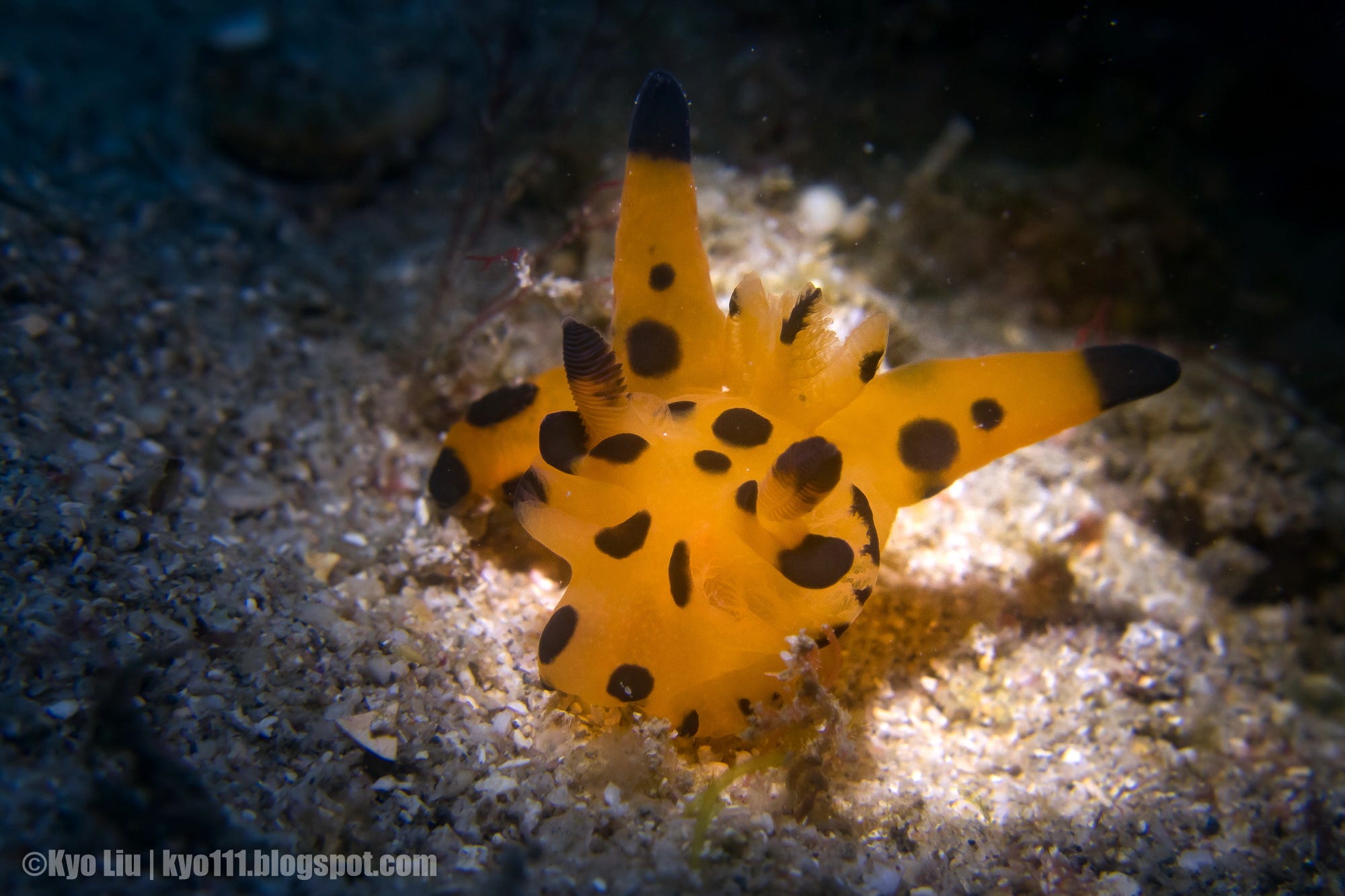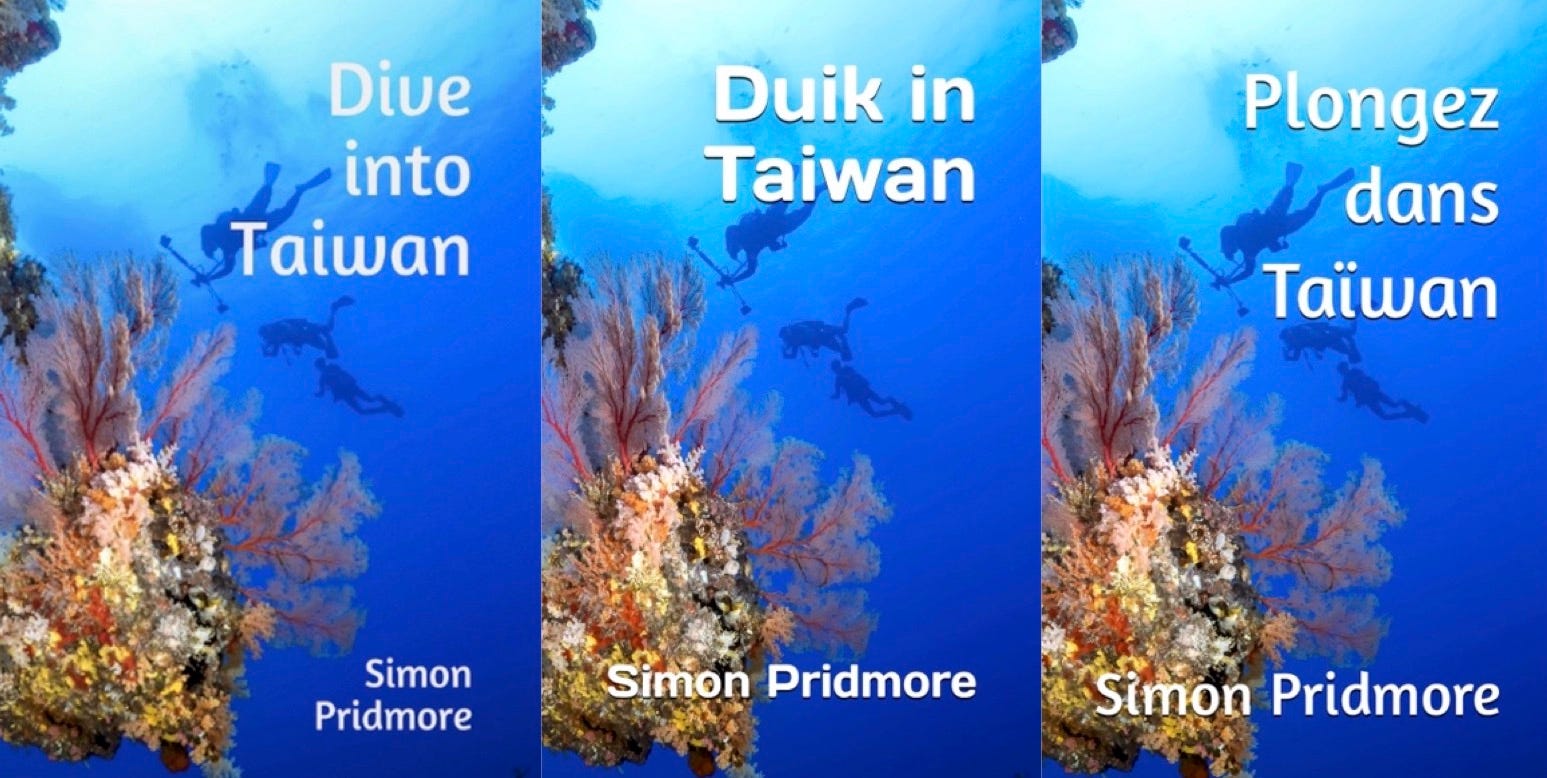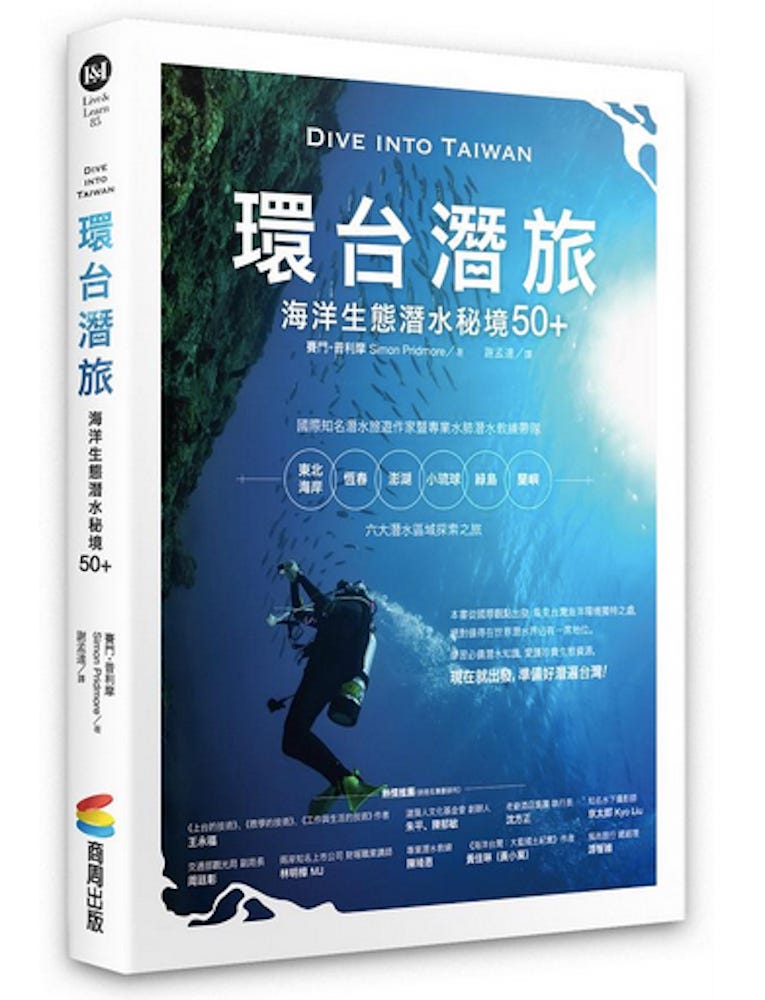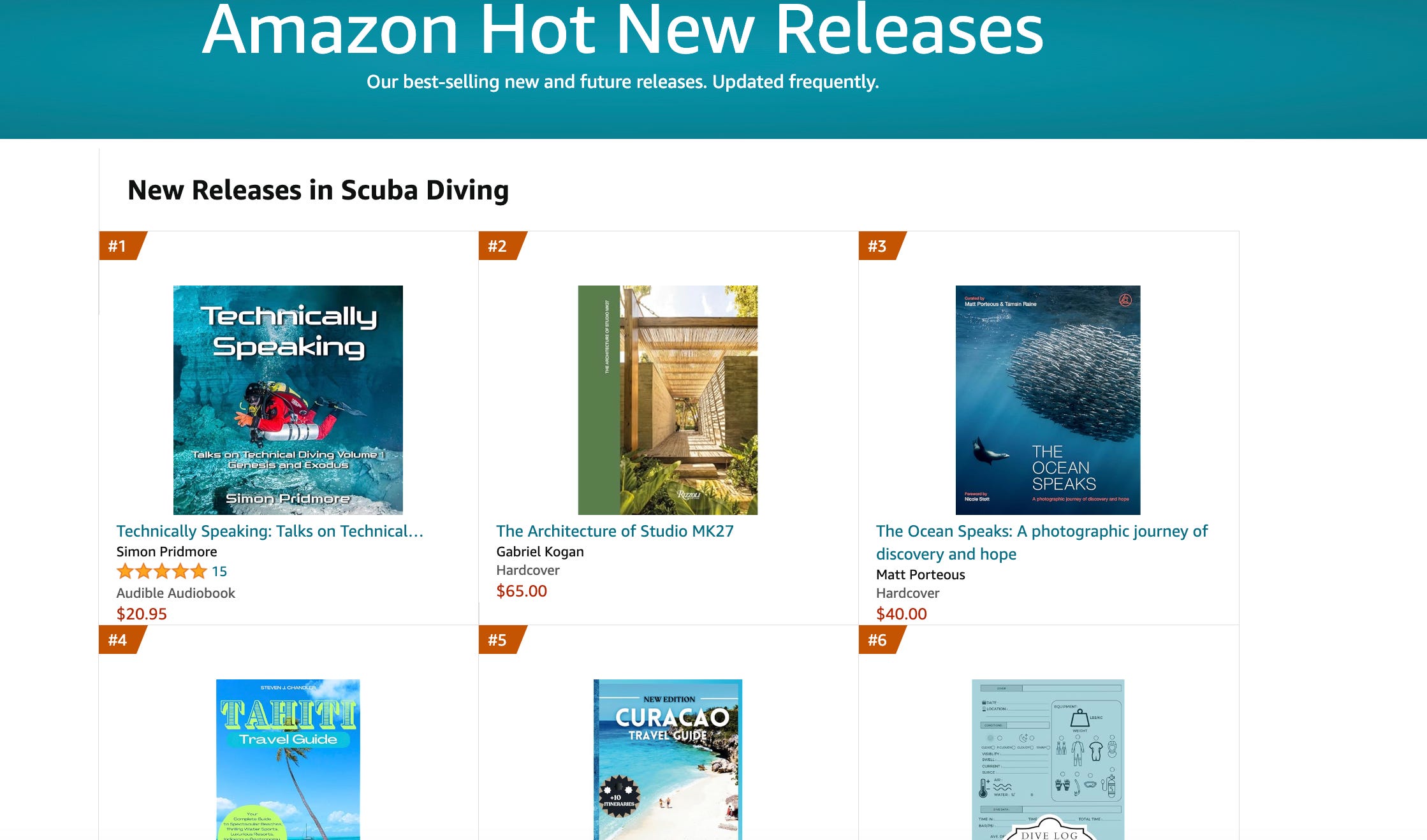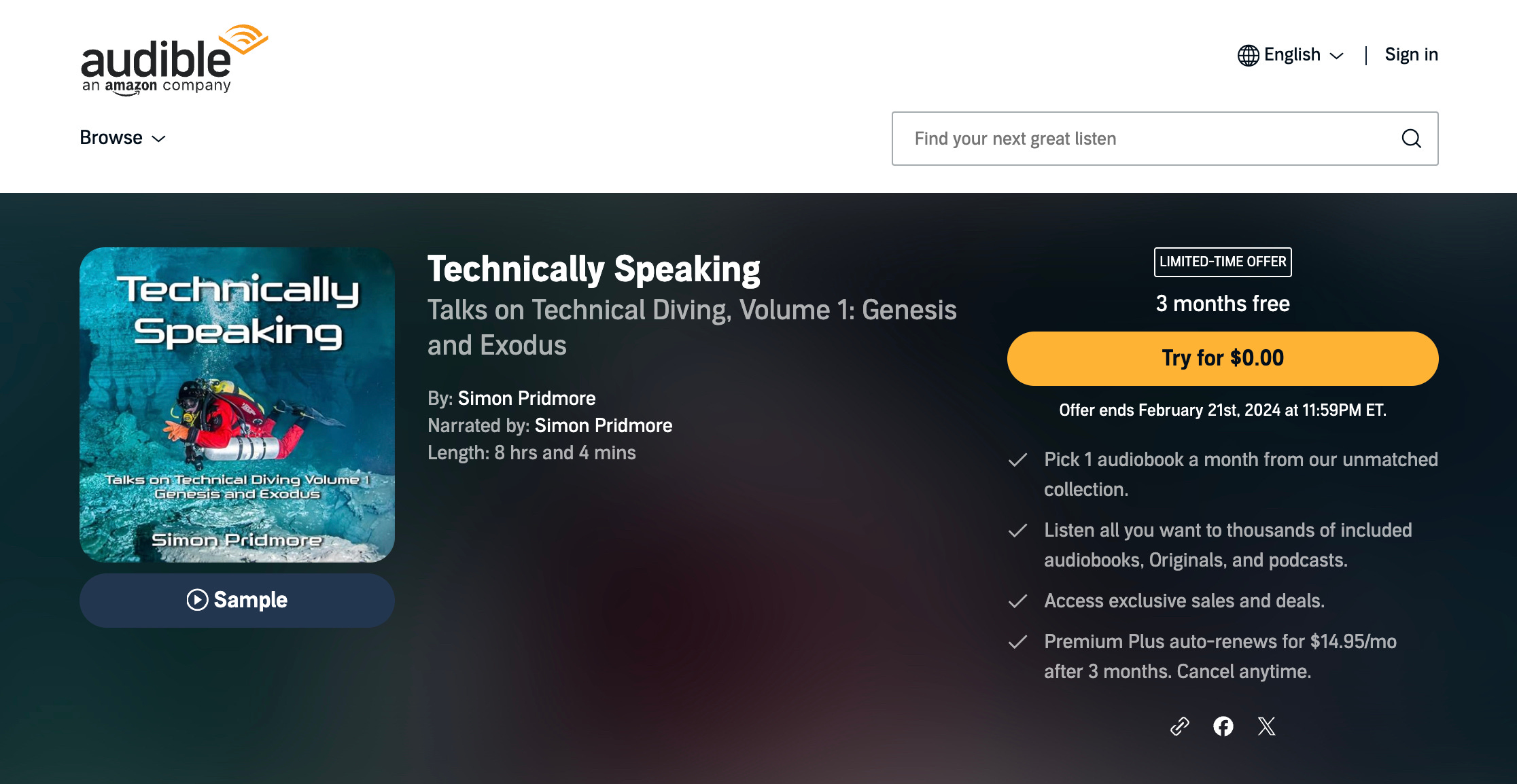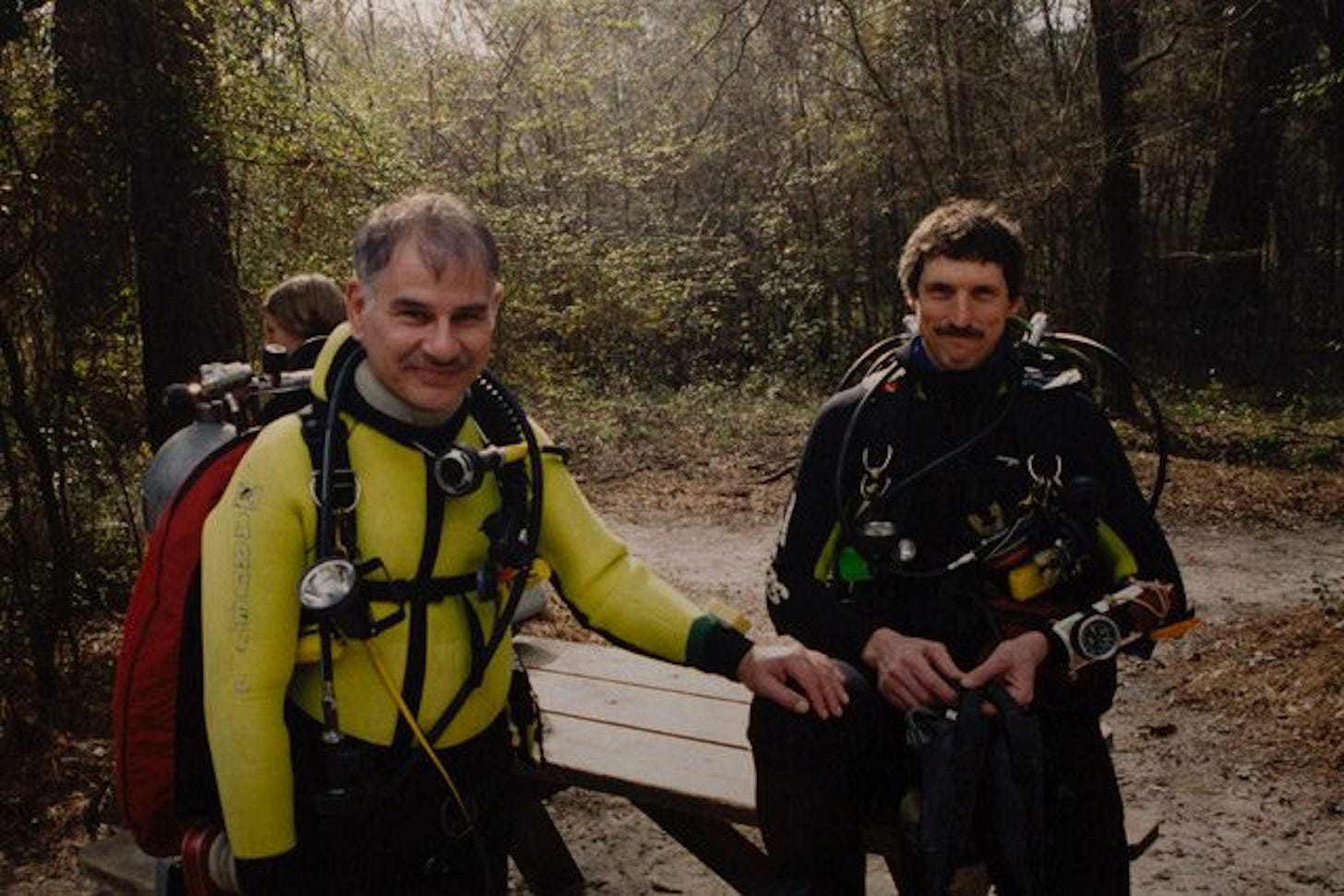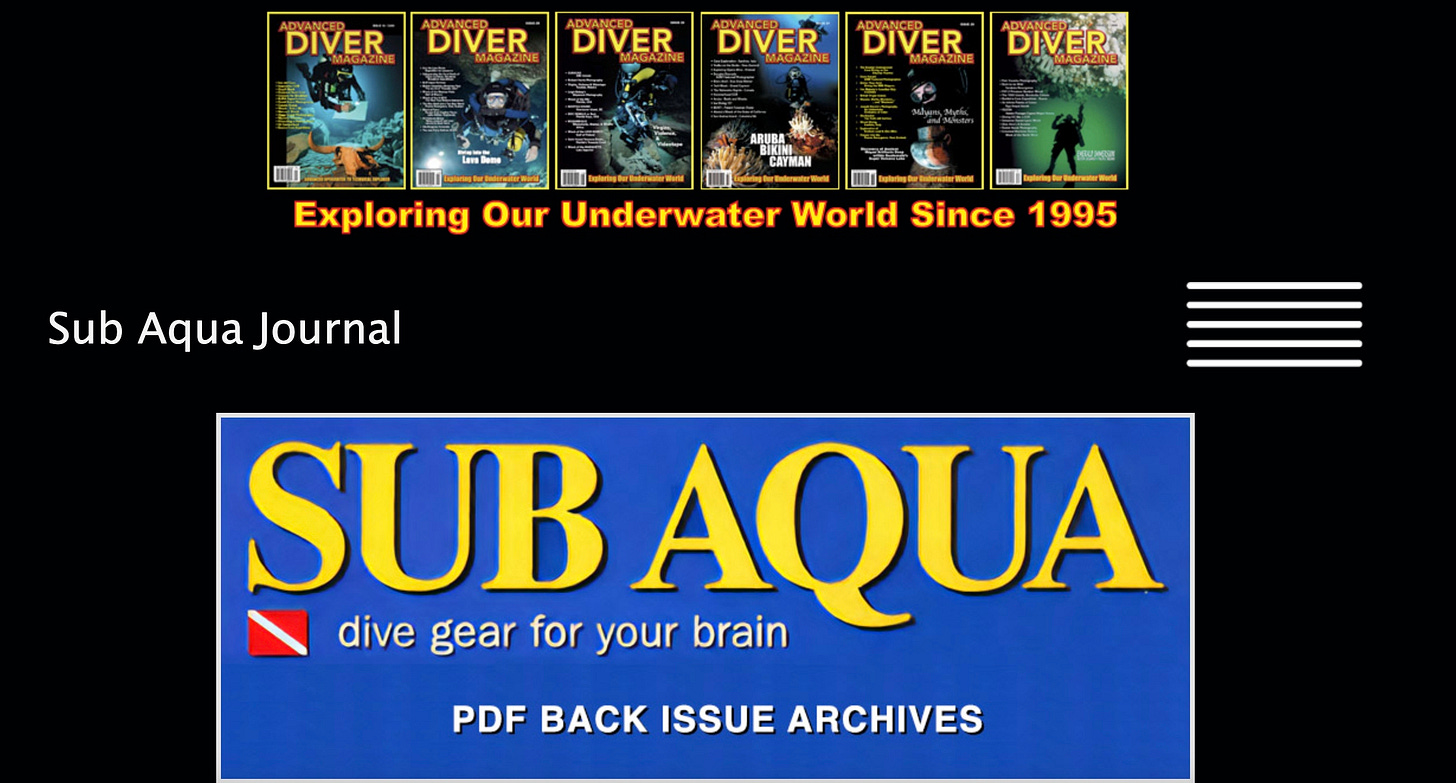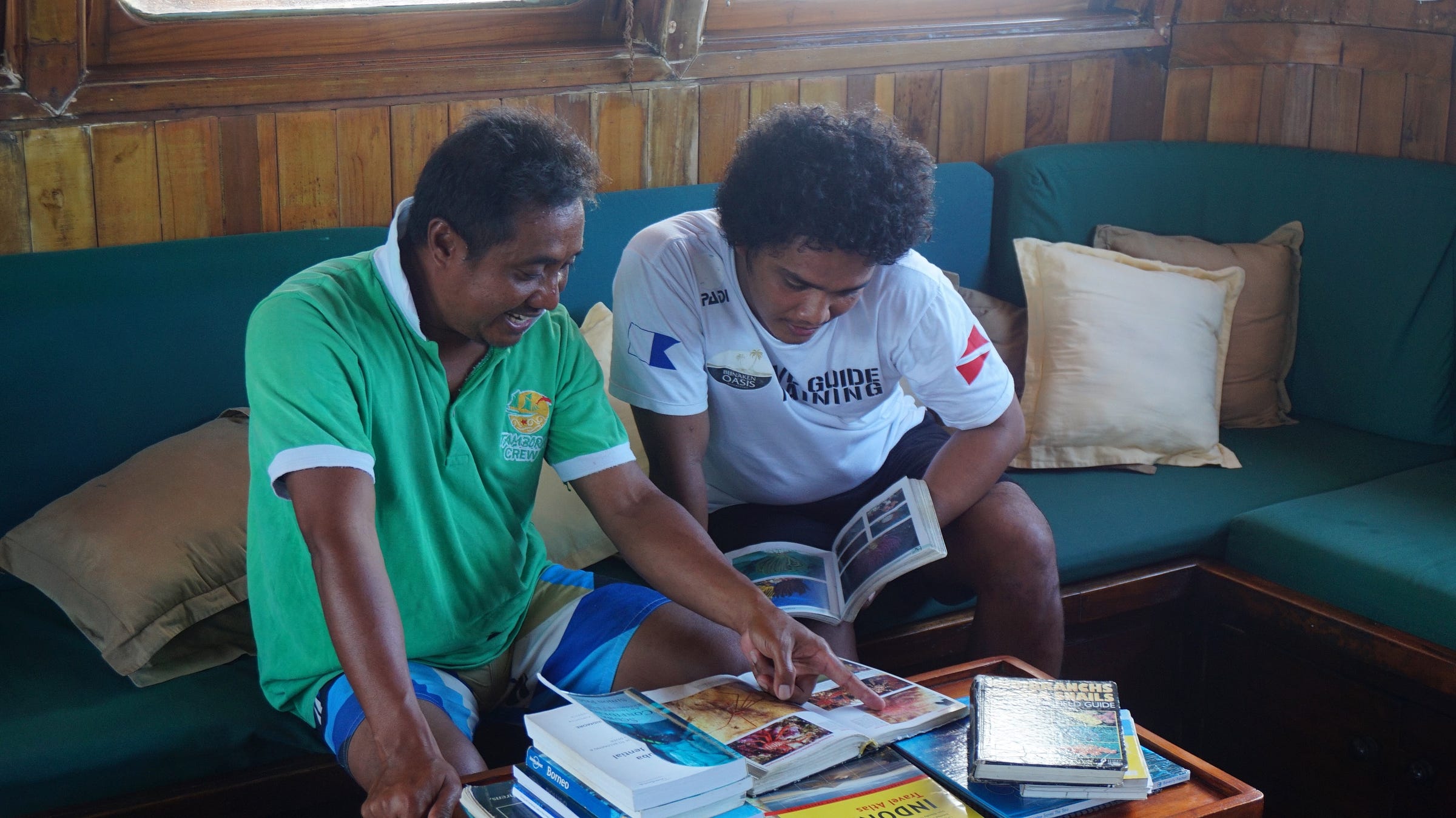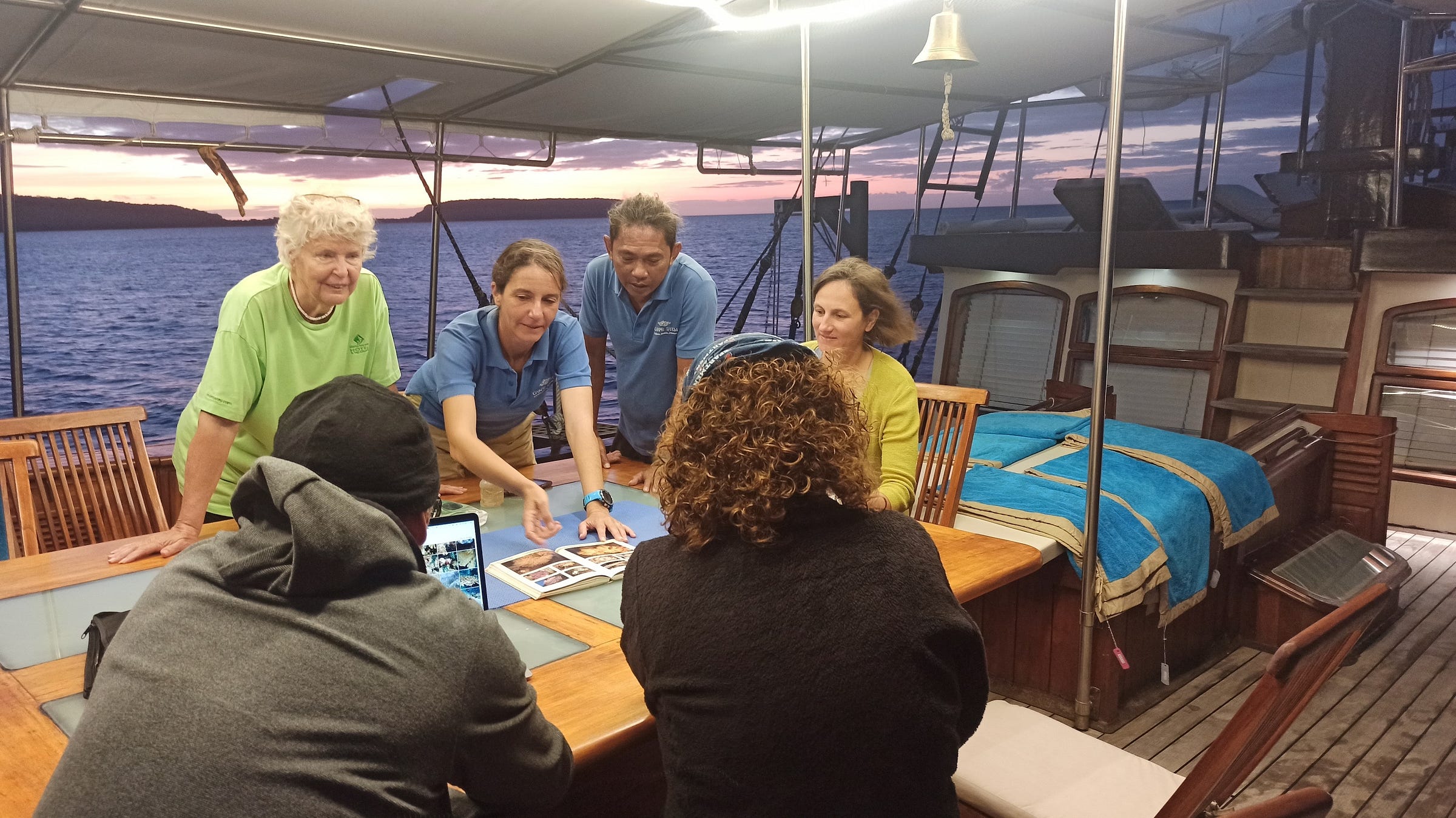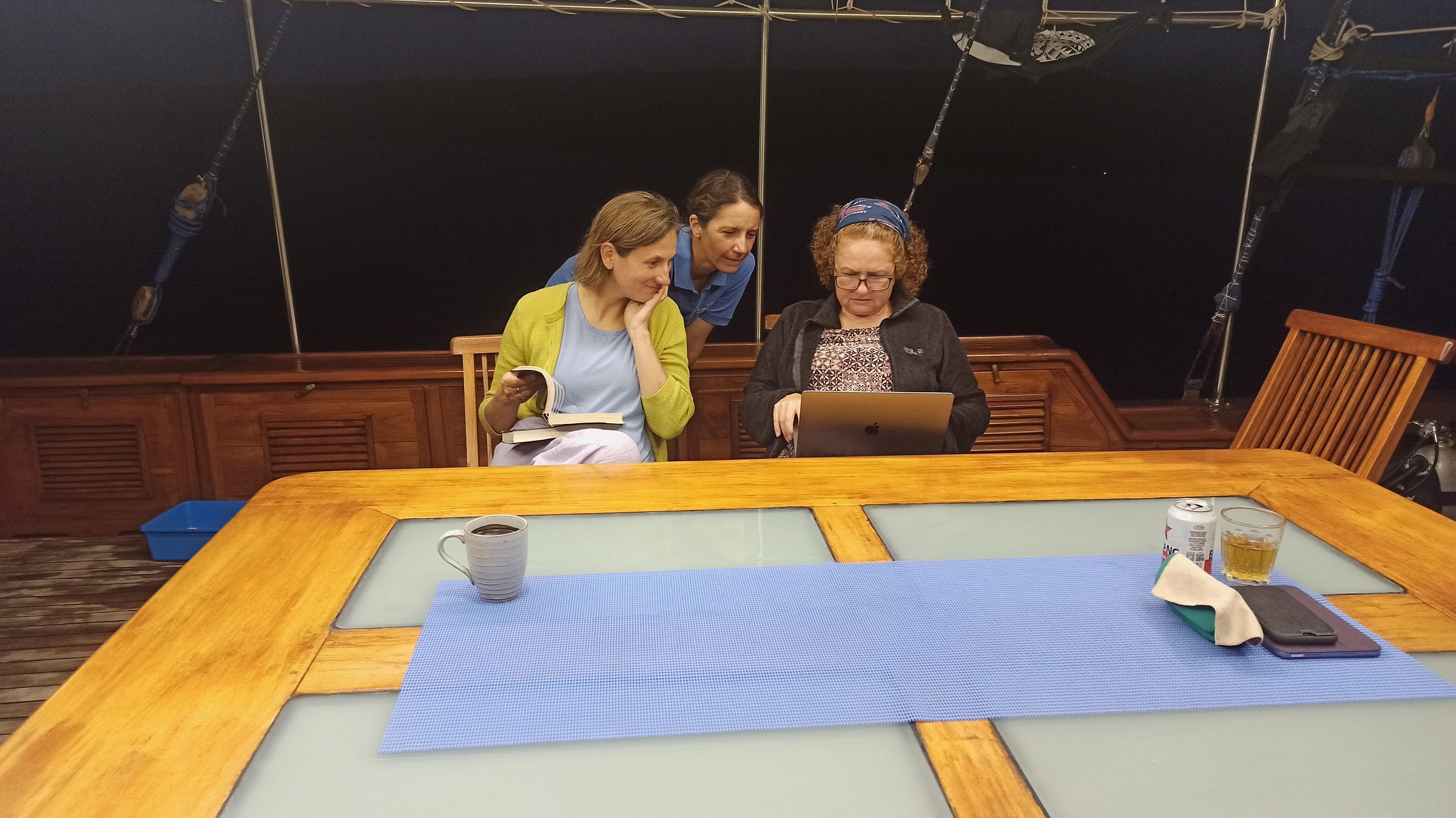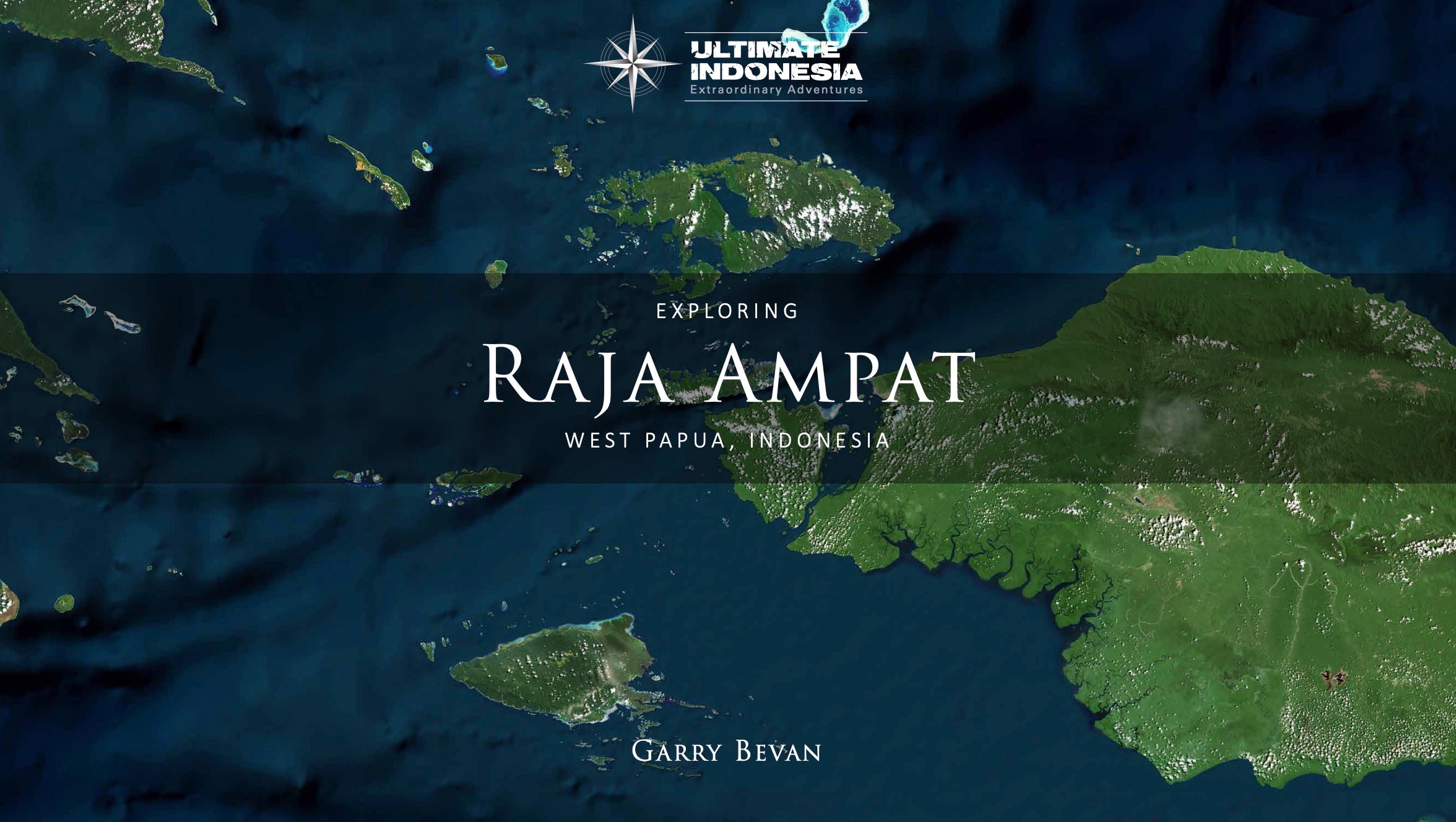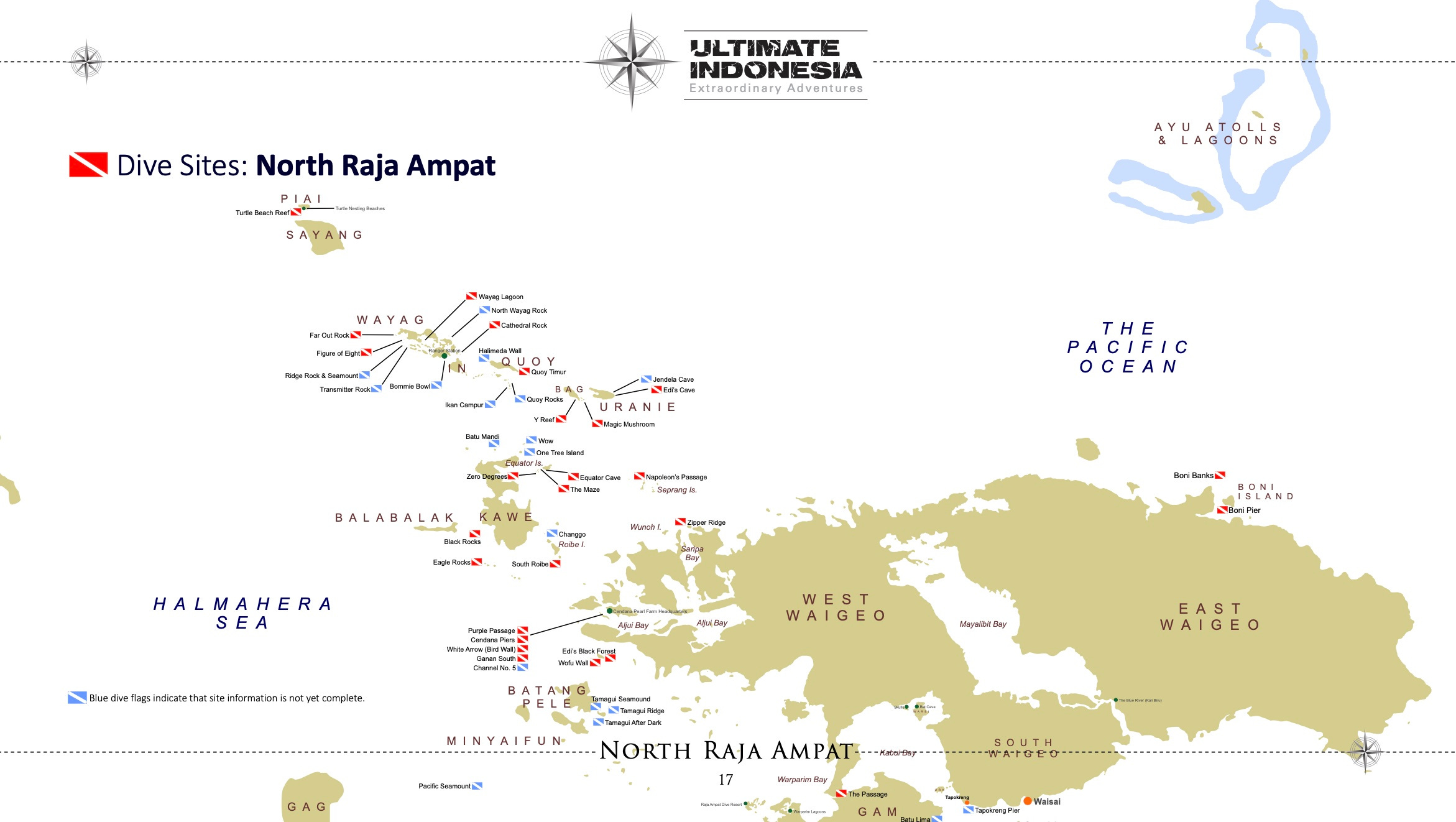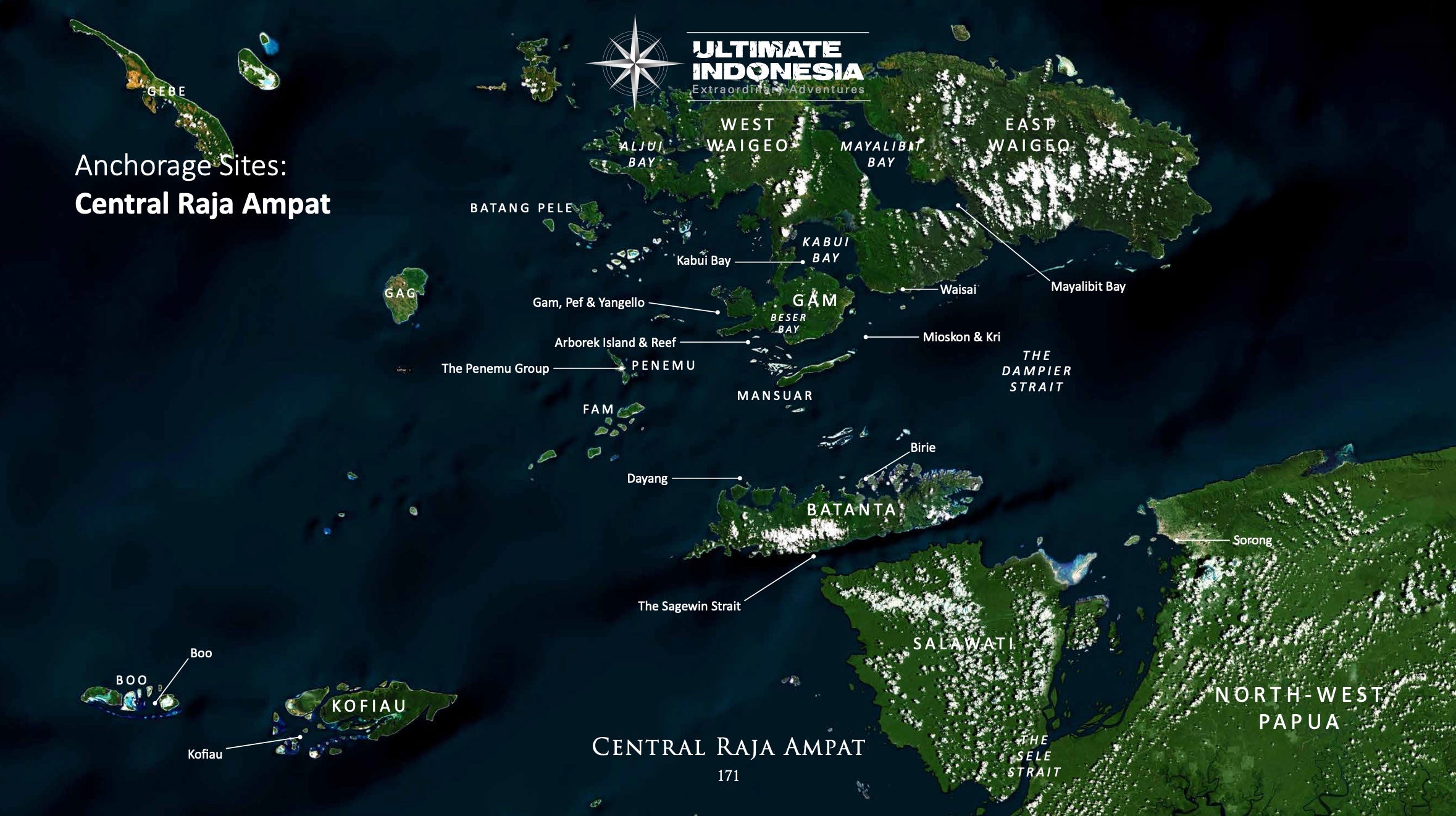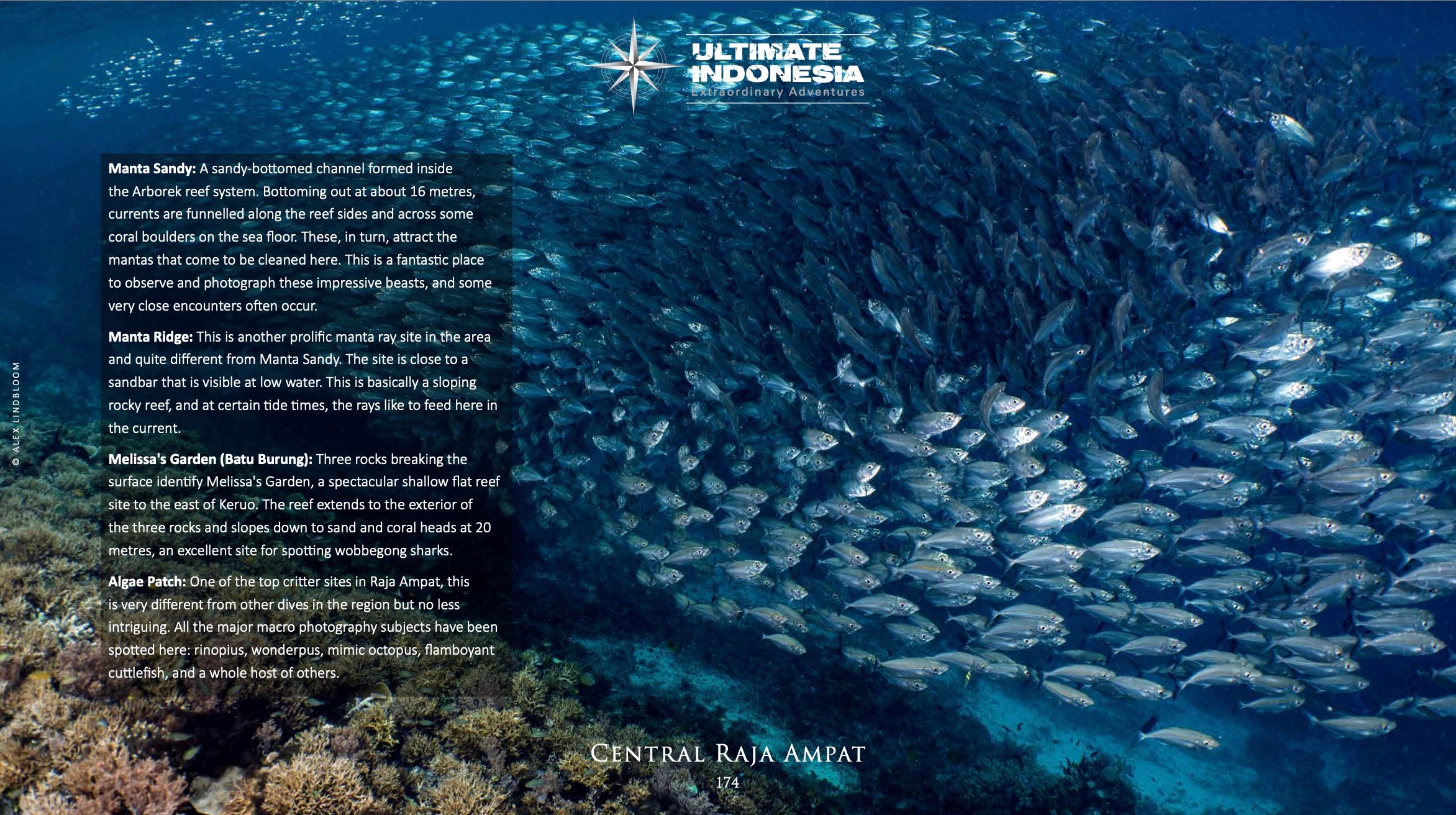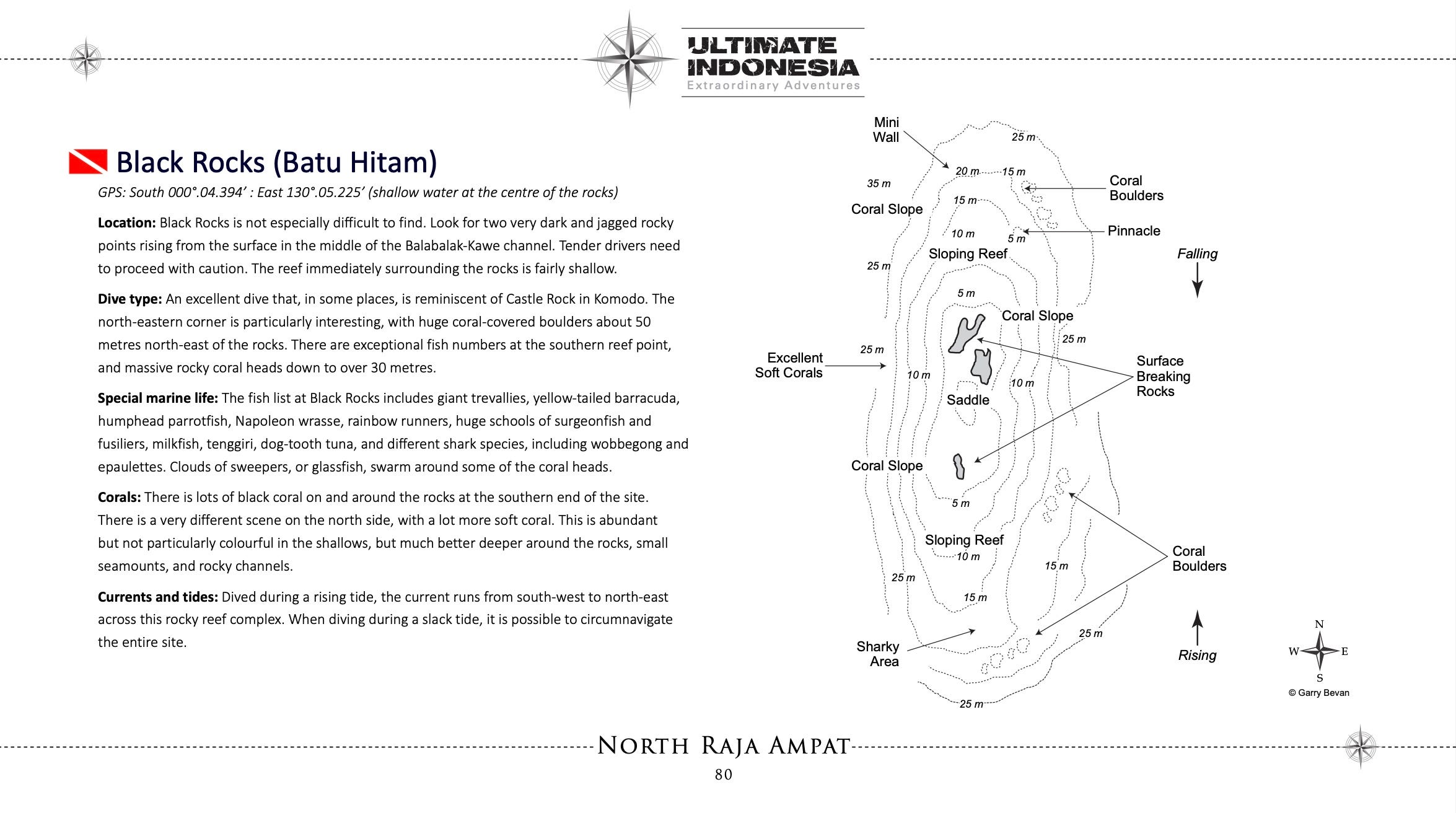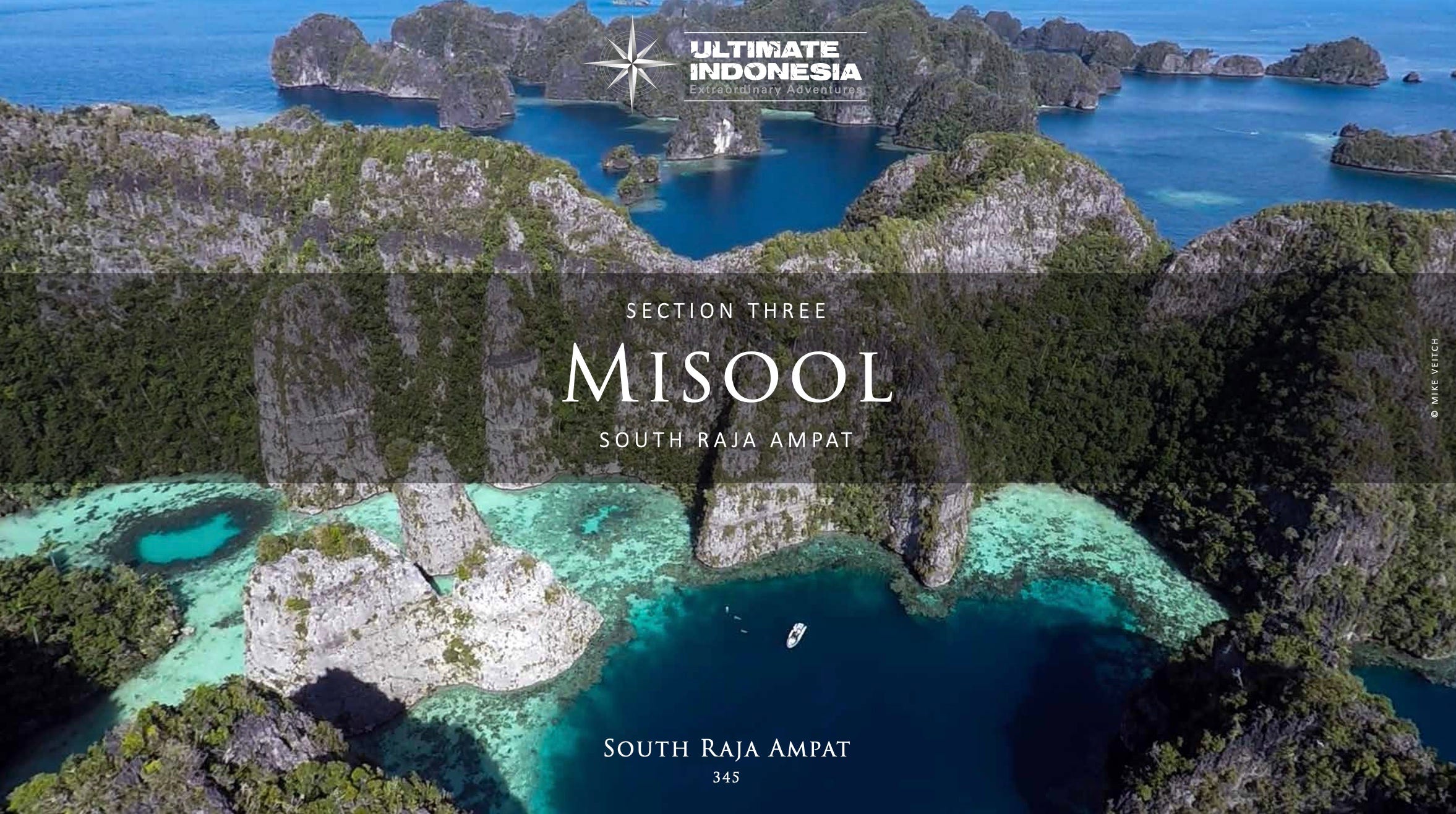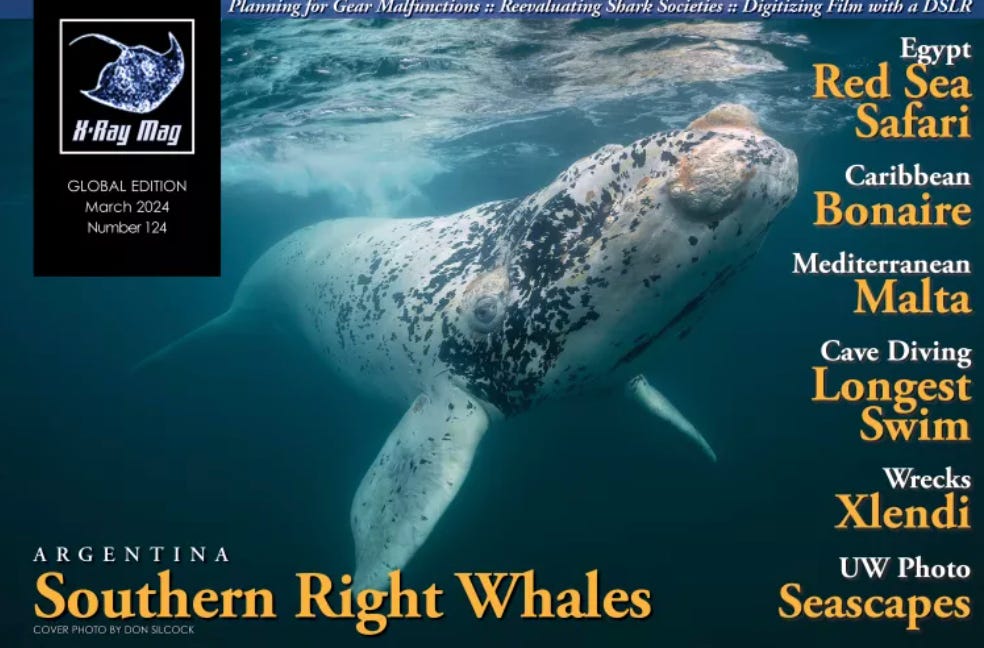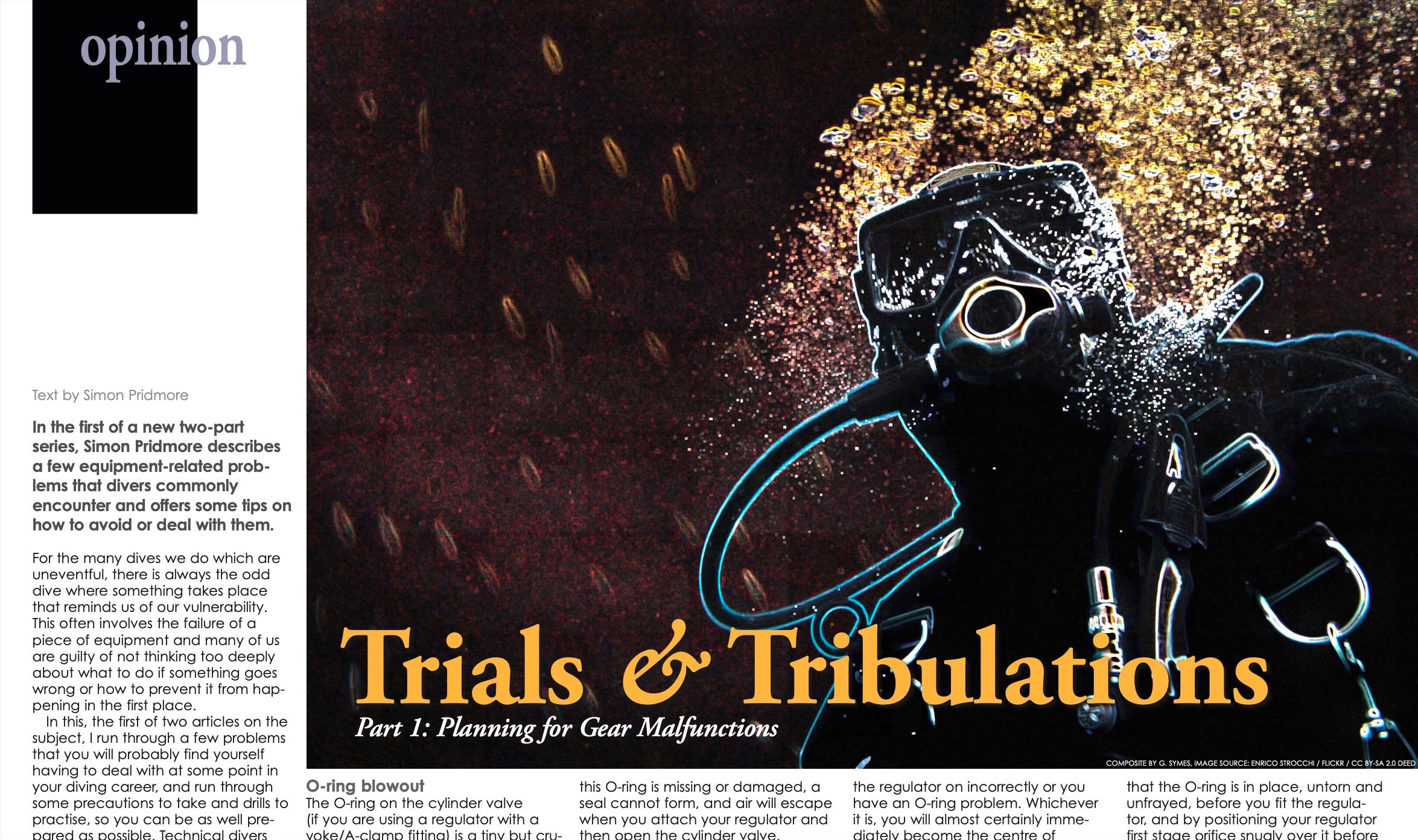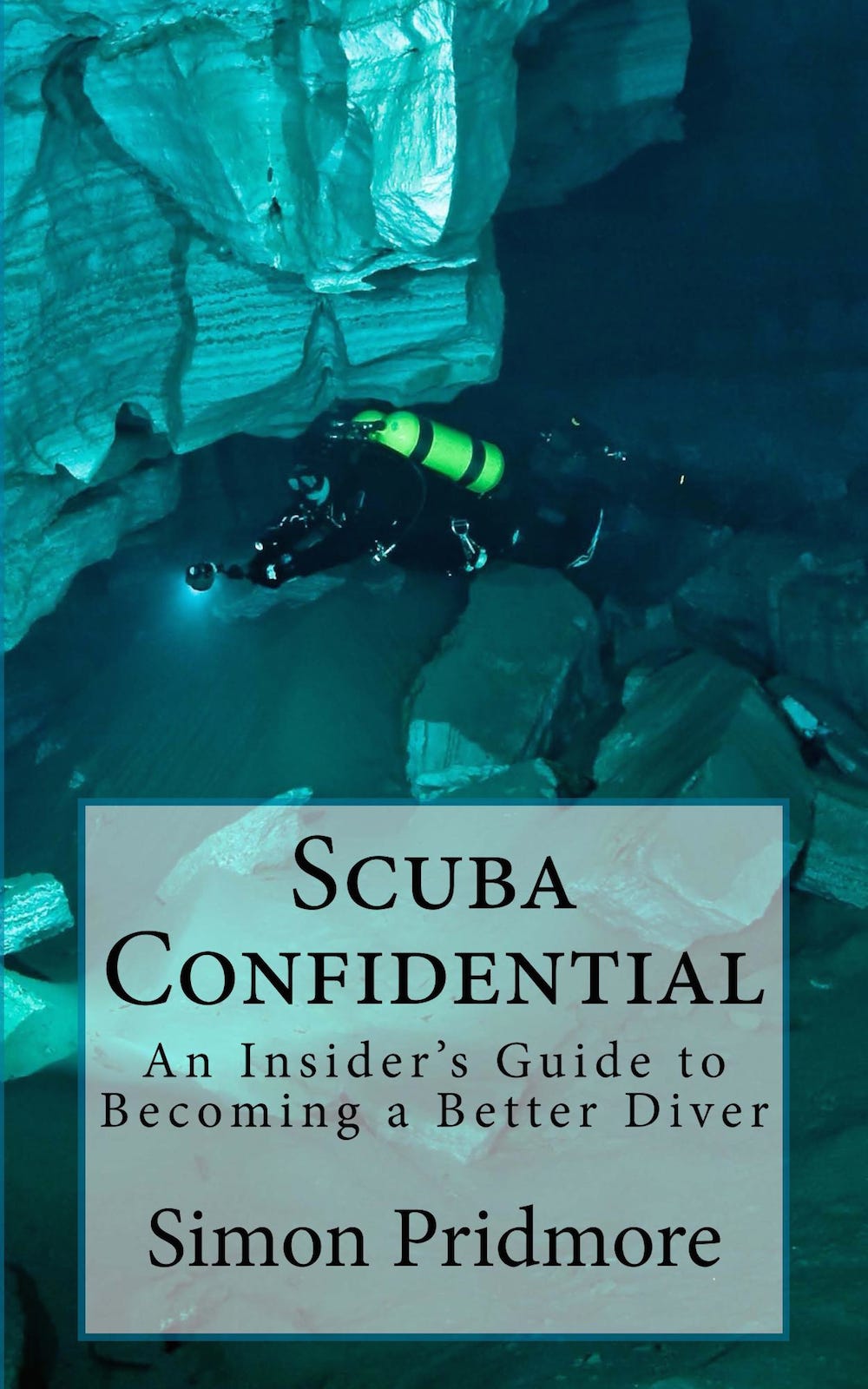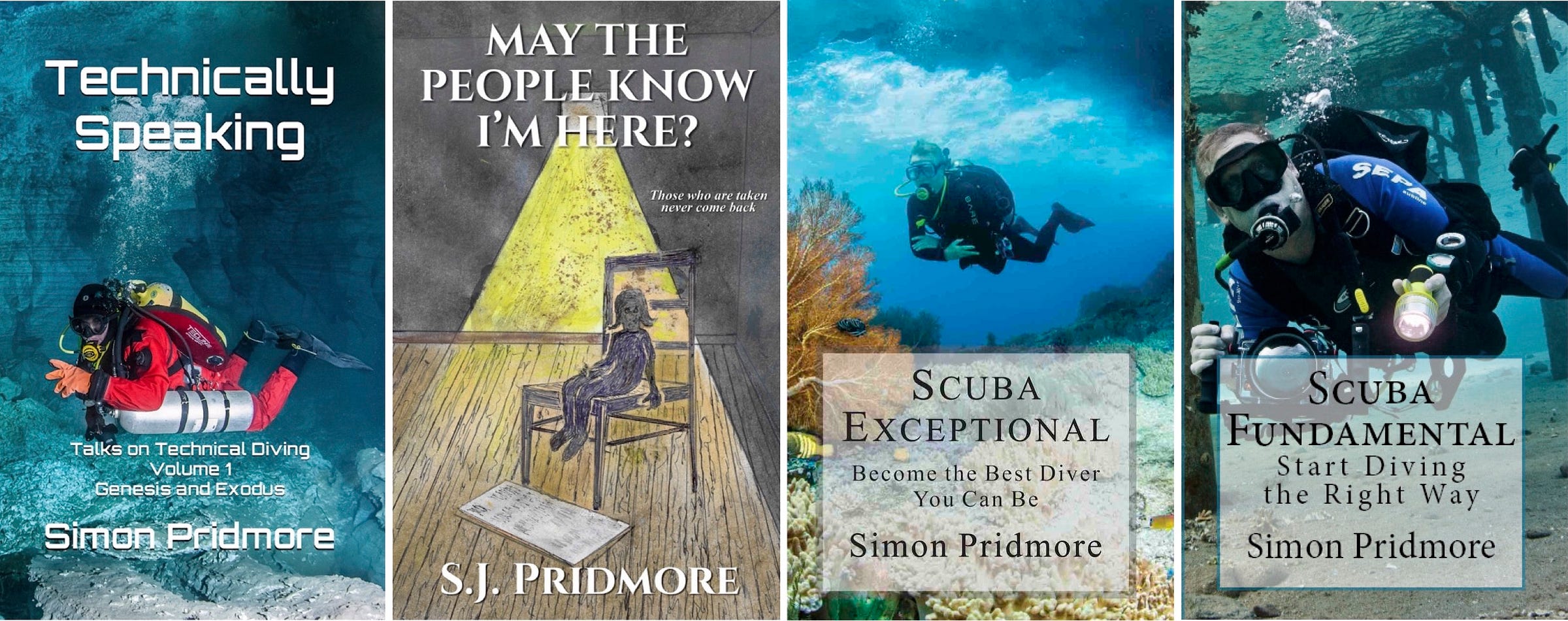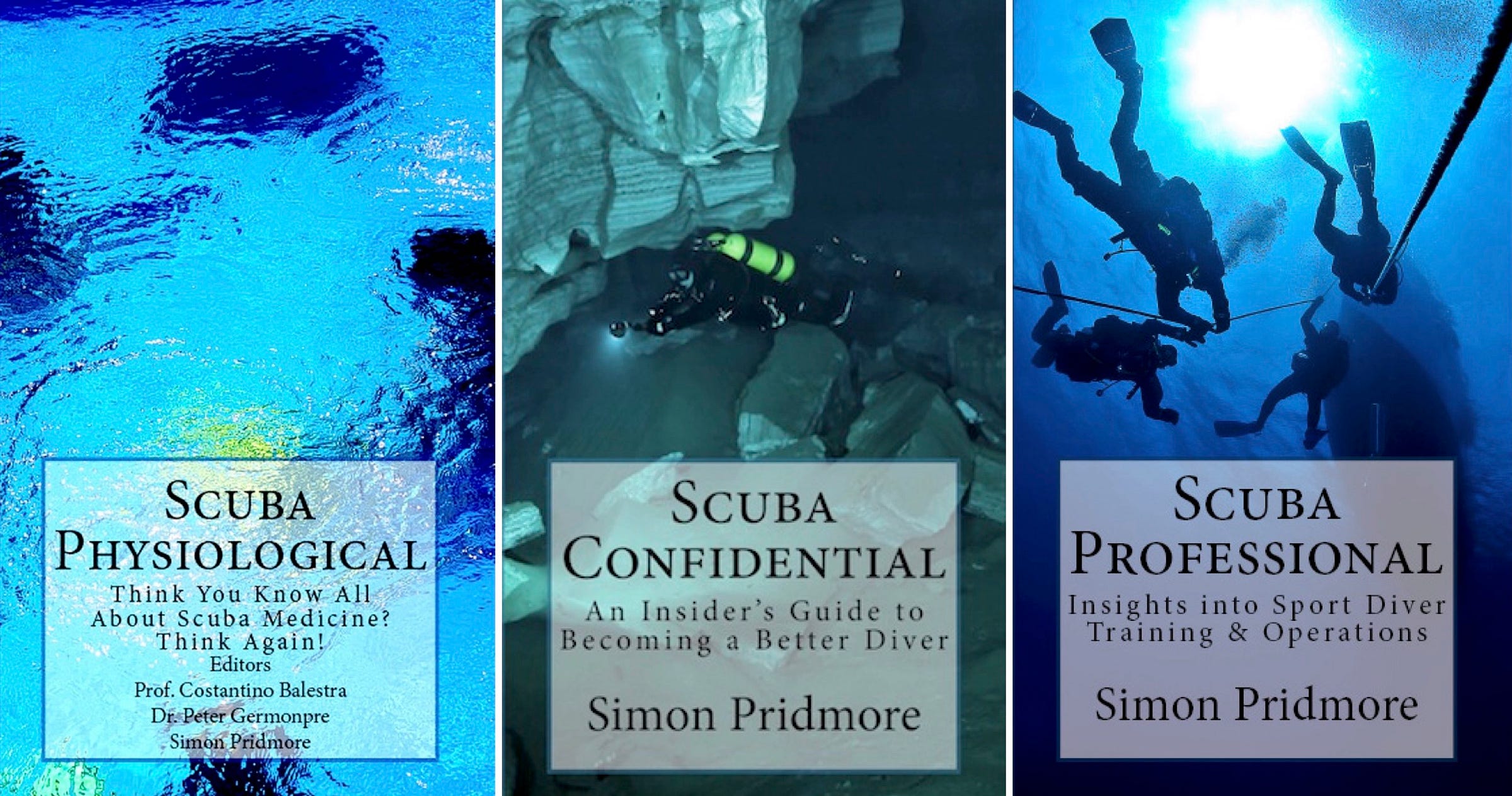Scuba Conversational - Issue #59
Local Diving
When you are in between trips, it’s nice to have an opportunity to spend time in the water and get some dives in closer to home.
We are very fortunate to be living close to some excellent diving here on the Hengchun Peninsula in Taiwan’s deep south. To the east of us, waves roll in from the vast Pacific Ocean and these are the beaches where the surfers hang out, but in the protected bay to the south, facing the Philippines, and in the Taiwan Straits to the west, we have a great choice of very good dive sites. Most are an easy walk in from the shore, while others lie a few minutes away by boat from Houbihu Harbour.
The diving season is beginning now, the seas are flat, the wind has died down, the skies are blue and the water is warming up. Today it’s 25C (77F), by the end of this month it will be 27C(81F), then by May it will be up to 30C (86F) and stay that way until October. The warm, dark, blue, clear water of the Kuroshio Current sweeping up from the Philippines brings us these tropical conditions.
Here are a few words and pictures to show you what it’s like. Most of the underwater shots are by Kyo Liu and the text is taken from our Dive into Taiwan book.
The southernmost district in Taiwan is Hengchun Township in Pingtung County. This is the Taiwanese Riviera, a land of long white beaches, rolling green hills and summer vacations. The Pacific coastline to the east, with its wide, wild empty strands, belongs to surfers, while the central coast around the town of Kenting, with its beach umbrellas, water sports and weekend night markets, is for holiday-making families and honeymoon couples.
But, the waters around the small western peninsula in the southwest, with its coral cliffs, and the reefs and pinnacles in the large sheltered bay known as Nan Wan are for divers and snorkelers. Nan Wan gives on to the Luzon Strait, the body of water that separates Taiwan from the northern Philippines.
Hengchun is often referred to as Kenting because the entire southern section of the peninsula and all its coastal waters comprise the Kenting National Park.
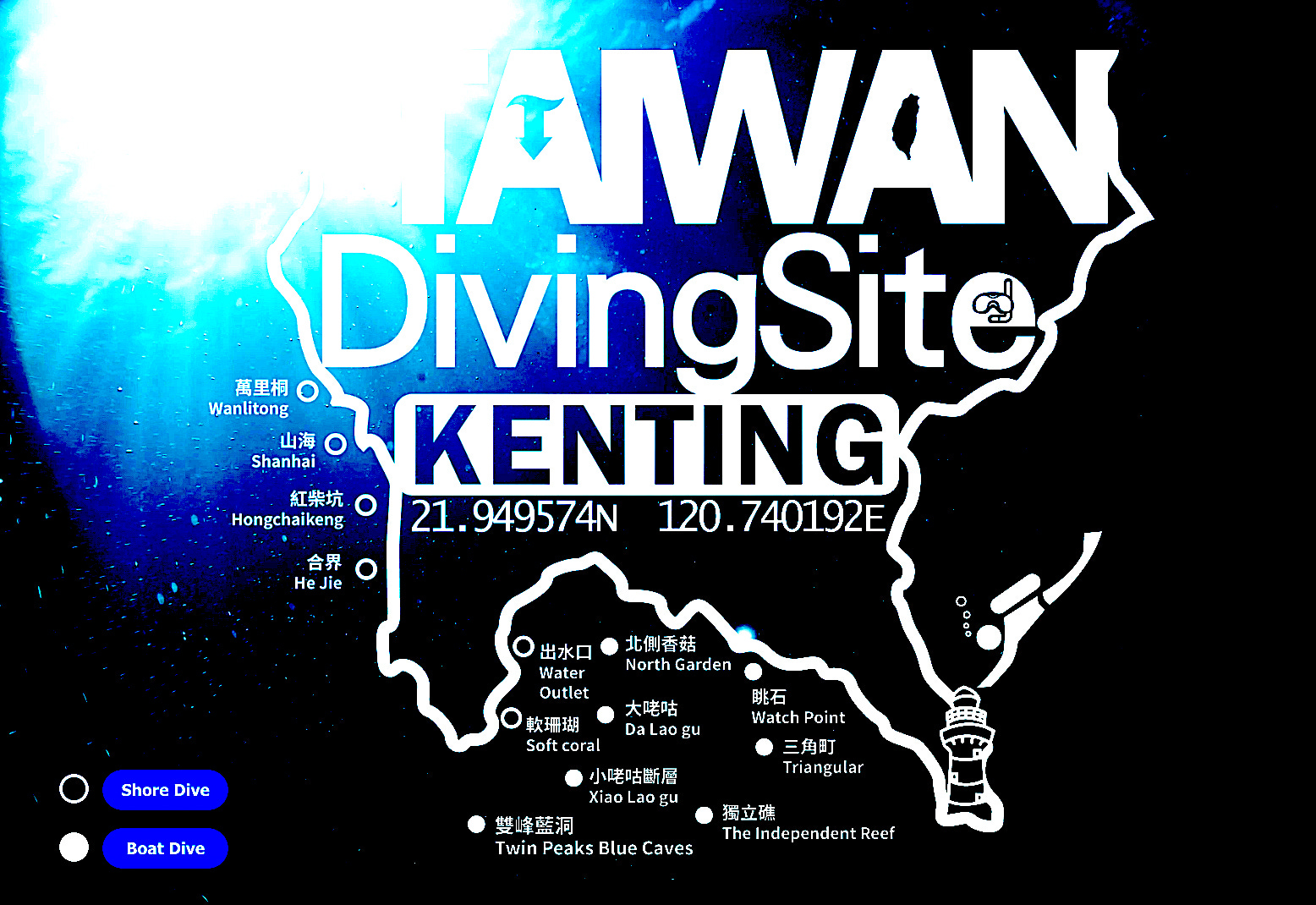
These are the folk we boat dive with locally. Good friends who were the driving force behind the 2019 tour that led to Dive into Taiwan and helped us settle in when we returned in 2023, this time to stay.
The Taiwan Dive dive centre and hotel.
Dive boats heading for sites in Nan Wan leave from Houbihu port and probably the best dive in Nan Wan is the enormous pinnacle they call Independent Reef, although it is hardly independent. It is just the biggest of a whole bunch of pinnacles rising from the seabed at 36m (120ft). (The site’s name is just a direct translation of the Chinese term for “pinnacle”.)
The topography here is glorious, as is the water clarity. To appreciate this site to the full, swim out a little distance into the blue, away from pinnacles, then turn to look back and gaze at the “mountain view”. It is quite spectacular. Glance down at the seabed below and you will notice some extremely long sea whips stretching out many metres into the ocean.
With clear water like this, you may think that there is no reason to go deep, as everything is visible from the shallows, but there are some cool critters down in the depths. At around 27m (90ft), Bargibanti pygmy seahorses can be found on purple gorgonian fans and sharp-eyed divers may be able to spot green giant frogfish.
Other common sightings here are big sweetlips, taking advantage of the many cleaning stations around the pinnacles, schools of red-tailed humpback snappers, trevally and fusiliers and the occasional big, curious barracuda.
At the top of the pinnacles, the dive is just as entertaining. Plenty of anemones, healthy corals with lots of anthias dart about and mantis shrimps poke their heads out of holes, eyes rotating to watch as you pass by.
On the beach dives off the southwest coast, there is always plenty to find on the sand and among the debris: nudibranchs, including the famous Pikachu (Thecacera pacifica), frogfish, seahorses, leaf scorpionfish and juvenile emperor angelfish. On the reef itself, look for semicircle angelfish, banded sea kraits, octopus and green turtles.
Where can you find out more about Hengchun diving and Taiwan diving in general?
Why, right here!
Technically Speaking
The latest issue of In Depth Magazine has a short piece on the new audiobook of Technically Speaking Volume 1, my retrospective on the early days of mixed gas sport diving.
Click here to read.
https://indepthmag.com/new-audiobook-for-scuba-divers/
I'm grateful to Michael Menduno and his team for the feature. Many thanks too to Martin East for hosting, engineering, and producing.
And, at the time of writing, the audiobook is no.1 in Amazon’s new scuba diving releases chart, which considering it’s such a niche book, I am pretty pleased about.
The series continues. Last week, I broke ground on Technically Speaking Volume 2, which is provisionally subtitled Choices, Strategies & Cautionary Tales.
Watch this space…
If there is anything to do with technical diving that you would particularly like me to cover in the talks in this second book, then please let me know. Email me or click below.
Dr. John Zumrick
The first volume of Technically Speaking included the stories of how influential Dr. John Zumrick was in the early days of technical diving. He is one of the less-sung heroes of mixed gas diving and his exploits– at least those not covered by official secrets legislation - are described in detail in an article by Dr. Bill Stone, one of the legends Zumrick influenced, in a recent issue of InDepth Magazine (here).
Here they are together in an image taken from the piece.
Zumrick is the guy on the left.
The piece is beautifully written and ends with a lovely epitaph.
“John Zumrick continued to be an important part of the Florida and Yucatan cave diving community throughout the 1990s, and he was one of the first to dive a dual Cis Mk5 rebreather during the 1999 Wakulla 2 project. For several decades, he served on the board of directors of the U.S. Deep Caving Team. But to me, John’s most important contribution to the diving world was neither his long professional service to the Navy, nor his later contribution as an anesthesiologist, but his being at the right place at the right time and imparting his wisdom regarding rebreathers and helium. It was his spark that lit the fire of the technical diving revolution.” (Bill Stone)
Sub Aqua Journal
Continuing down memory lane and on the topic of technical diving history, Joel Silverstein, former editor of the wreck divers’ magazine Sub Aqua Journal, which ran for six years from 1991, during the growth years of technical diving, revealed last week that every copy of this legendary production is now available in its entirety online.
Joel gave the full collection of magazines to Curt Bowen - the publisher of Advanced Diver Magazine - and he has formatted the content and republished them all on his website here.
You can subscribe for free or support Advanced Diver Magazine here.
The site is full of some quite astonishing articles and photographs going back to its debut in 1995.
Curt Bowen's Advanced Diver Magazine
I first heard about technical diving via the Sub Aqua Journal. Here’s how I describe the moment in Technically Speaking Volume 1, in chapter 9, which talks about how technical diving spread around the world.
Over time, aquaCORPS developed a small international distribution network in the UK, Italy and Australia, and it was in 1992 that I saw my first Sub Aqua Journal: in Hong Kong of all places! It was lying abandoned on a chair outside a hall where a PADI IDC was taking place and it looked lost, so I snatched it up and gave it a home.
This was a rare find. Even in the USA, copies of Sub Aqua Journal and aquaCORPS were guarded jealously by their owners, shared reluctantly and never allowed out of sight. Issues became collectors’ items from the day they emerged.
Like aquaCORPS, Sub Aqua Journal’s life span was relatively short: it also closed in 1996. But its influence was similarly enormous.
Paul Humann
In February, the diving world lost Paul Humann and Divernet carried a nice obituary of a person who, it is not too far a reach to say, changed the way we scuba dive.
As Steve Weinman writes:
Few scuba divers who have dived tropical reefs, especially in the Caribbean or Coral Triangle, can fail to have come across the work of Paul Humann – most will at some point have used his marine-life reference books to identify a fish or nudibranch, and many will have at least one of his works on their shelves.
The marine biologist, author, photographer and publisher died peacefully at the age of 86 on 5 February at his home in Davie, Florida. He was co-founder with Ned DeLoach of both New World Publications and the influential REEF Reef Environmental Education Foundation.
Read more here
As I sit at my desk, I have two of Humann’s books on the shelf next to me and they are essential references on every trip we do. Most of the boats we travel on have well-thumbed volumes in their library.
Here’s ace dive guide Fitli Mangantibe using two of the great man’s Reef Creature Identification guides to teach a fellow divemaster new tips and tricks.
And here are Sofie, Sue, Sarah, Koen, Cecile and Agus on the main deck of the Carpe Diem liveaboard in the South Banda sea at sunset, debating a hot fish-ID issue with Paul Humann’s help.
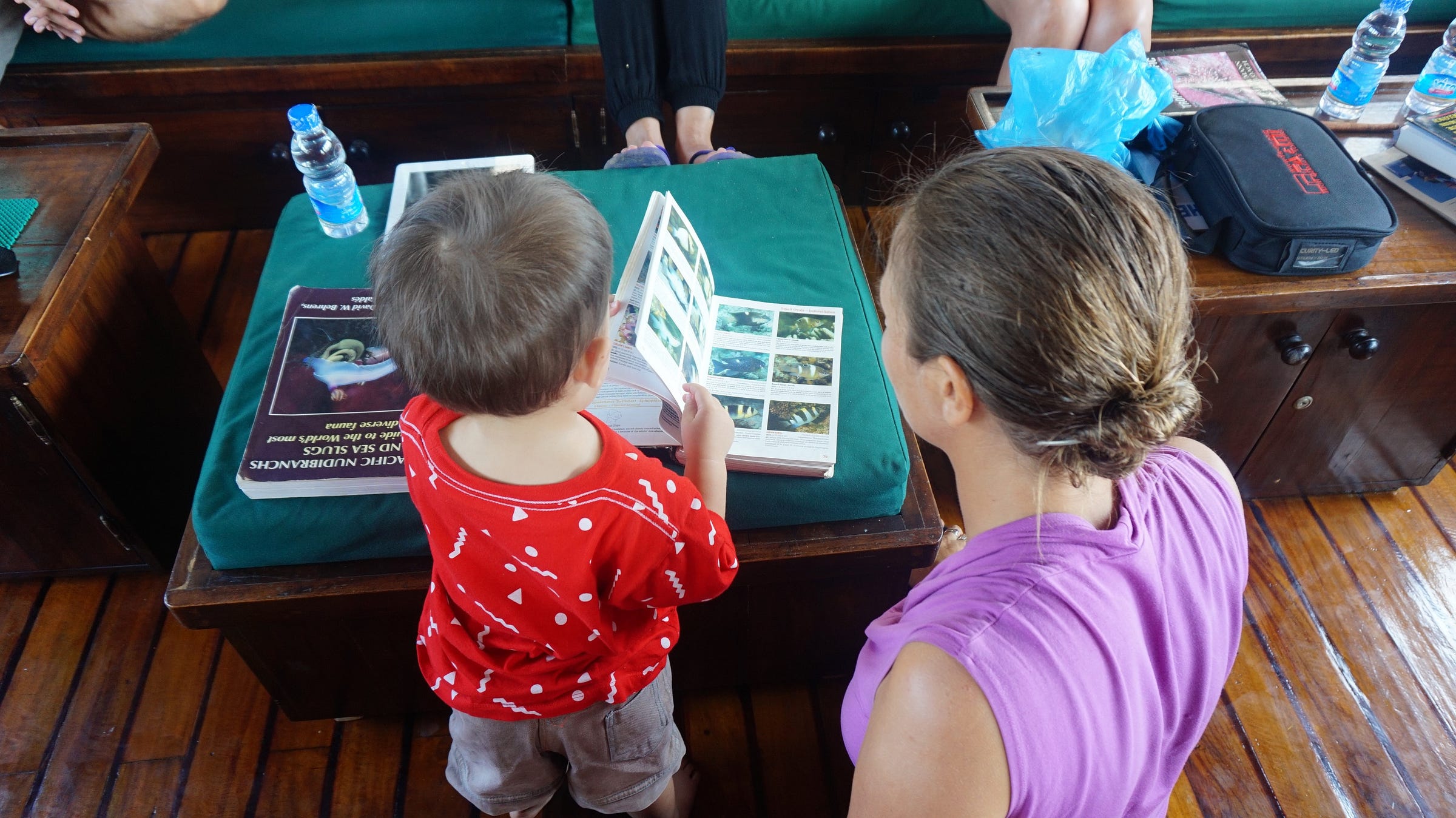
Humann will be missed, of course, but what a huge contribution he made.
Raja Ampat
Talking of guides, Garry Bevan’s new dive book on Raja Ampat has just been published and it’s a cracker. I had the good fortune to be able to work with a draft of this book over the last couple of months as we travelled through the area and was honoured to write a blurb for it.
This is what I wrote. The book is genuinely this good.
In Exploring Raja Ampat, Garry Bevan takes on the enormous task of capturing the complexity of Raja Ampat (Four Kings), the Indonesian region of islands and ocean northwest of the huge island of Papua.
Exploring Raja Ampat is the culmination of over two decades of research and exploration by a highly knowledgeable expert, backed up by some of the original pioneers of Raja Ampat exploration. The acknowledgements section is a Who’s Who of Indonesian diving giants. The result is the most up-to-date and, by some stretch, the most comprehensive guide to the best dive sites, snorkelling areas, secluded bays, deserted beaches, and stunning scenery in the region. Detailed charts, satellite images, and gorgeous photos taken by some of the best photographers in the business accompany the practical sections, dive site plans and descriptions, logistical information, and details of preferred mooring locations.
There’s really nothing quite like this book. The author has built on the template created for his previous book, Exploring Komodo, and expanded and developed the design, moving the state of the art forward. This is not only an outstanding guide for professionals organising and running Raja Ampat trips, but it also serves as a fabulous record of an extraordinary place, an essential planning tool for travelling divers, and a magnificent souvenir.
Below are a few page samples to whet your appetite.
This is the link to the sales page on amazon.com
Exploring Raja Ampat: North-West Papua, Indonesia (Ultimate Indonesia: Extraordinary Adventures)
A dedicated website for this book and Garry’s Exploring Komodo guide is about to be launched. I will give you the link and another look inside in a future Scuba Conversational.
Last but not Least
My article in the latest X-Ray magazine is adapted from a Scuba Confidential chapter and it’s about some of the things that can go wrong with your scuba gear underwater, how to deal with these issues if they take place and ideally how to make sure they don’t happen in the first place with a little forward planning.
Like a lot of what I write, this is all about applying technical diving thinking to diving at every level.
And here’s the link.
Trials & tribulations: Planning for Gear Malfunctions Pt1
You can download a full PDF from this page too.
And this is where it all came from, of course.
Right, that’s it from me for this issue. Chat with you again next month in Scuba Conversational #60.

